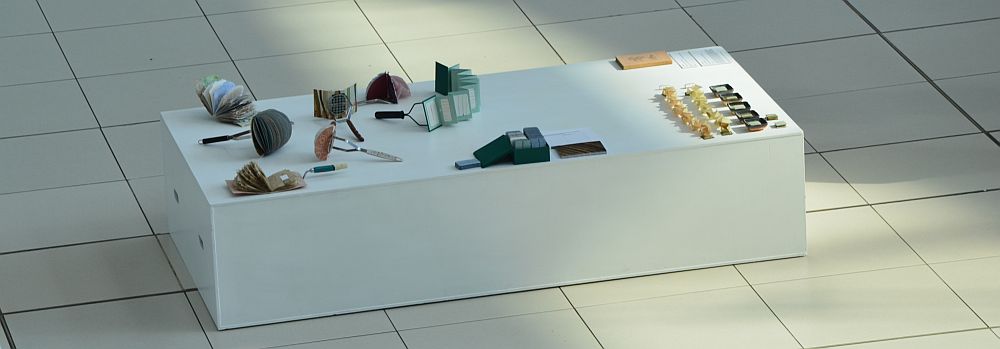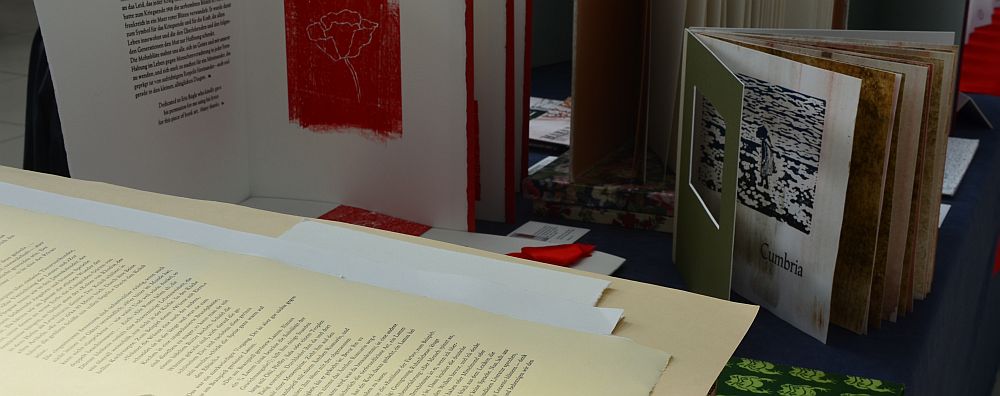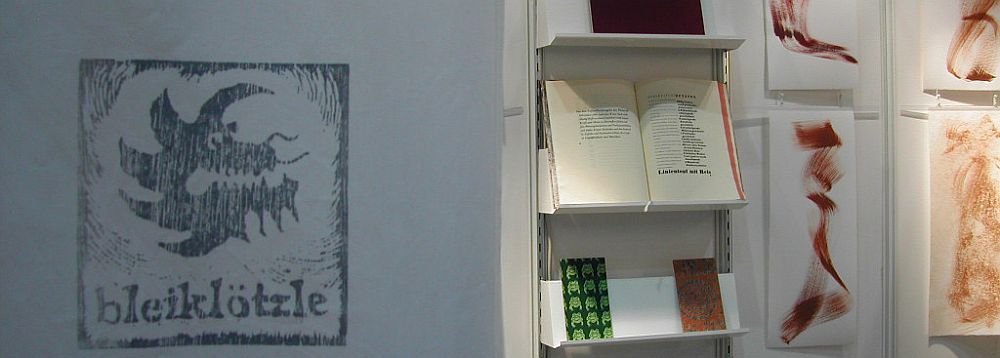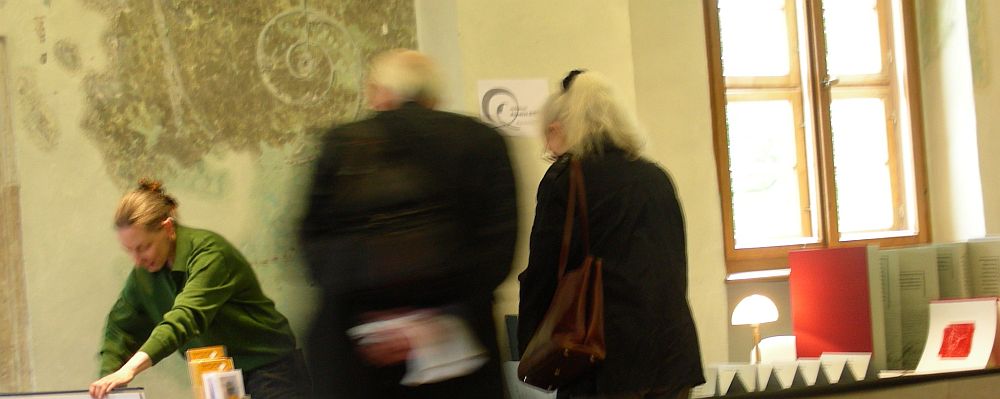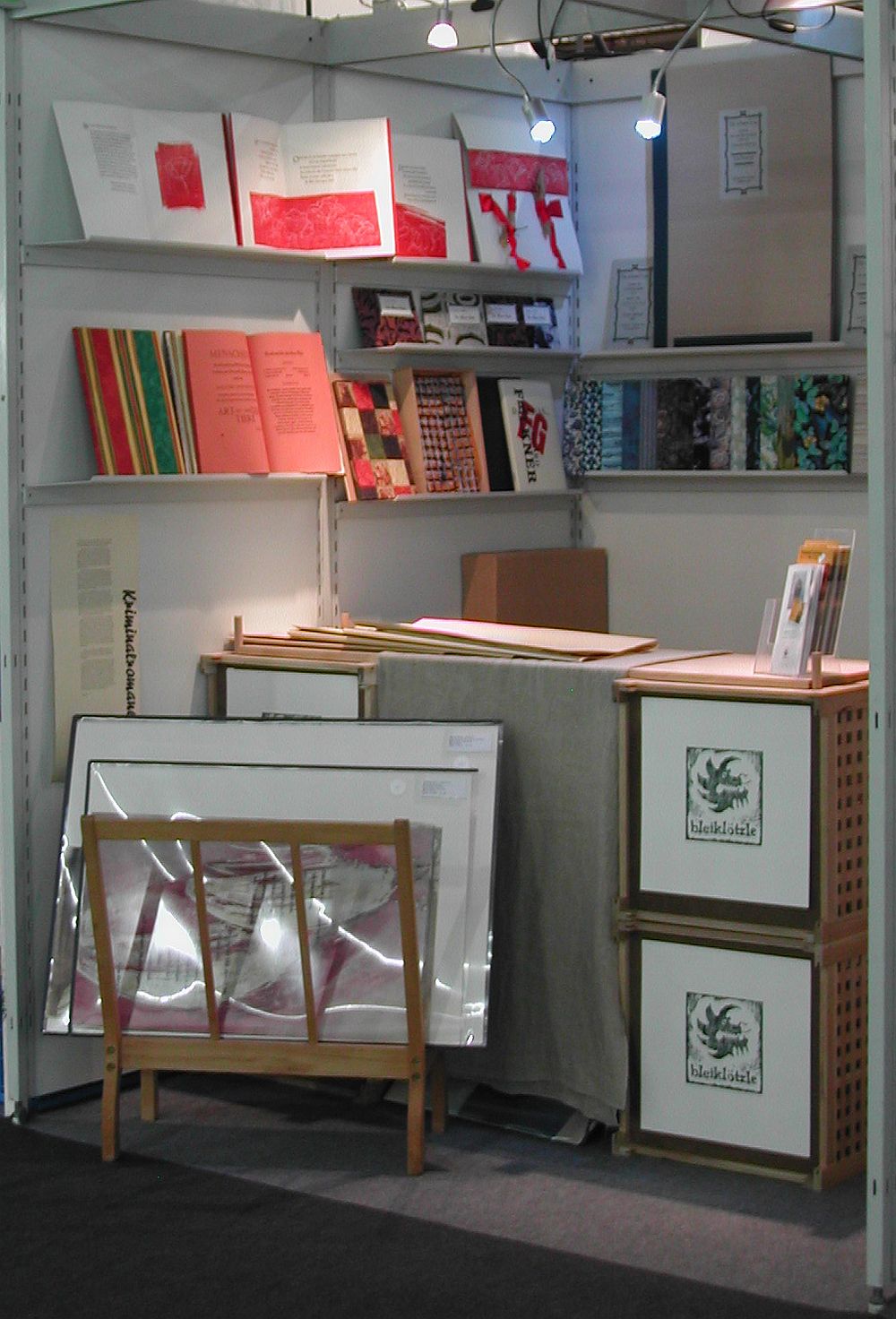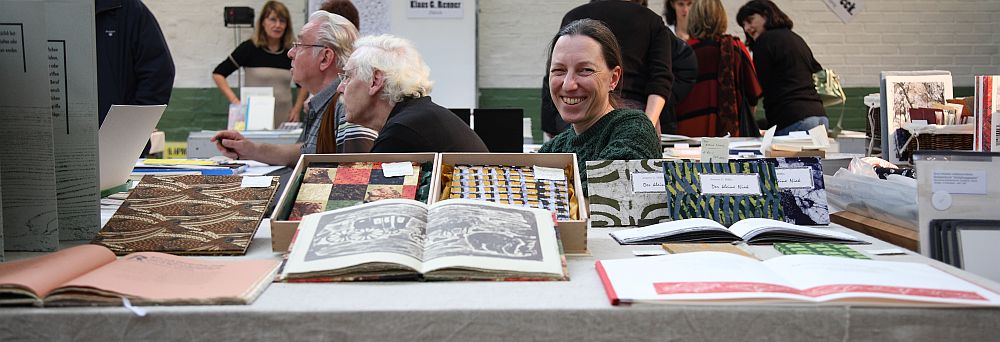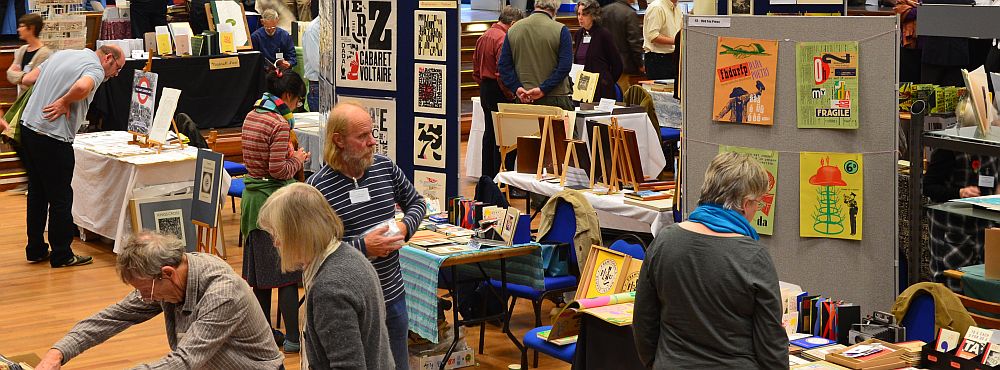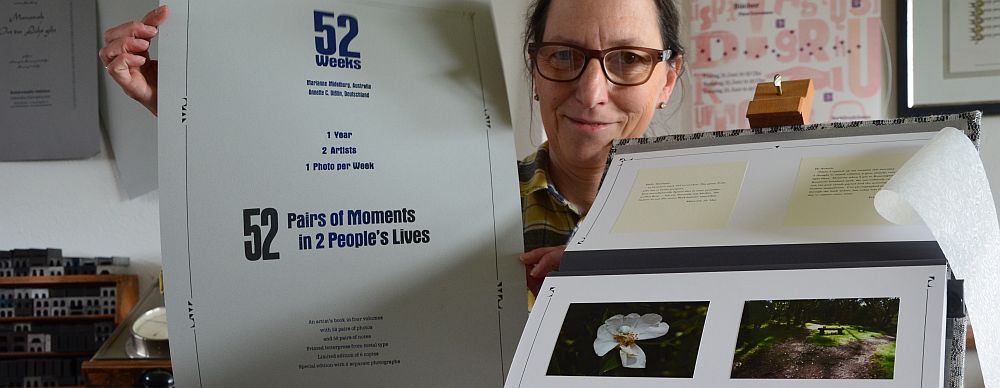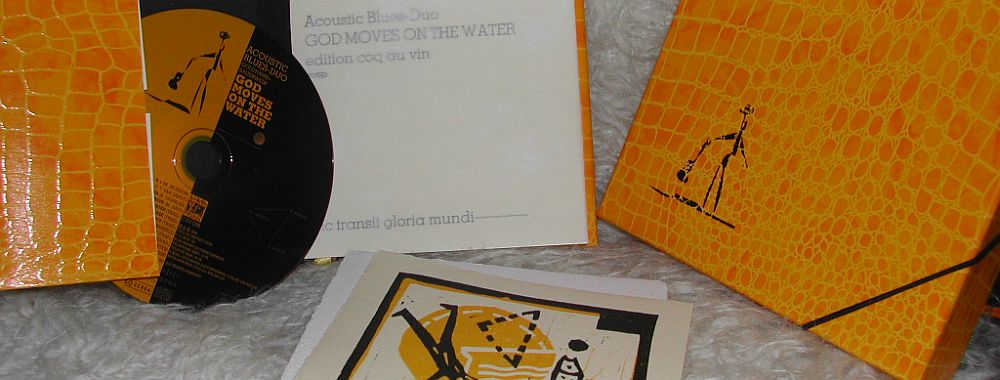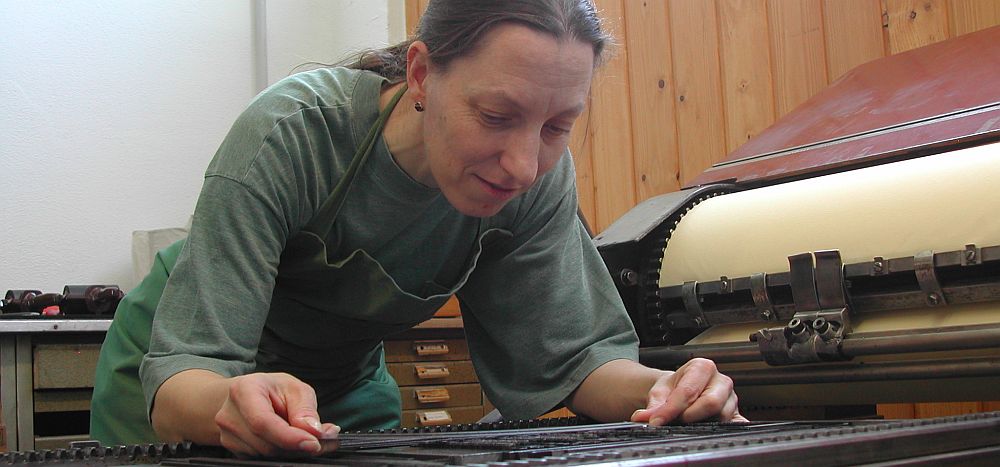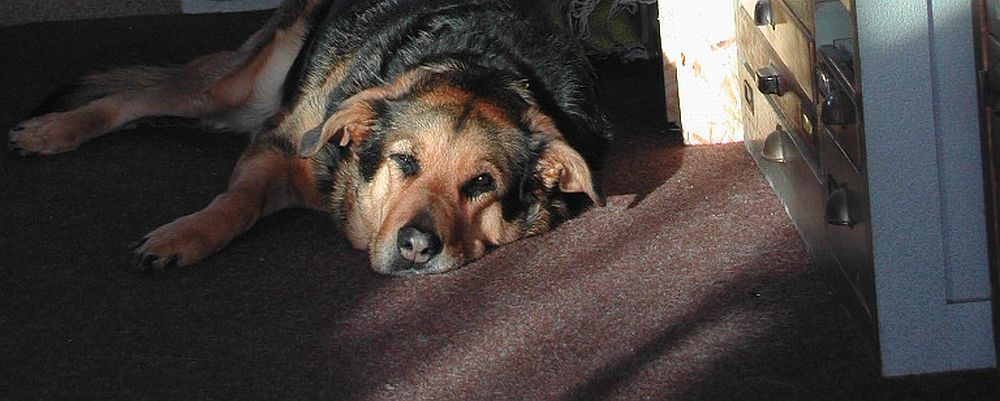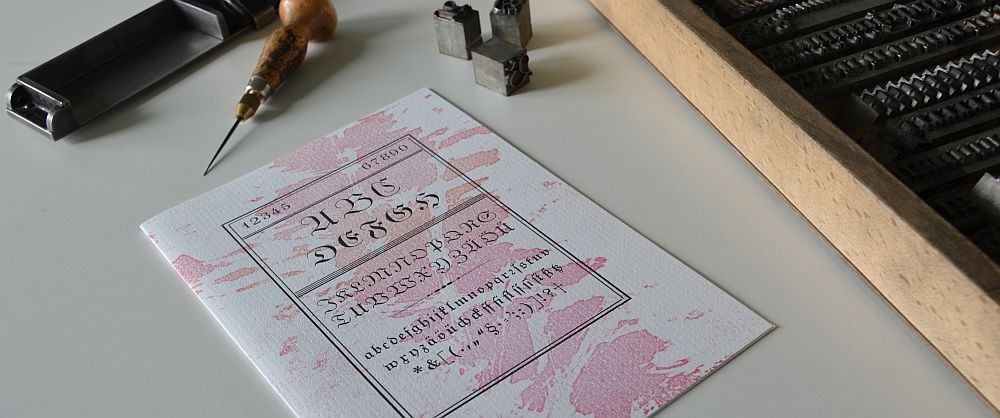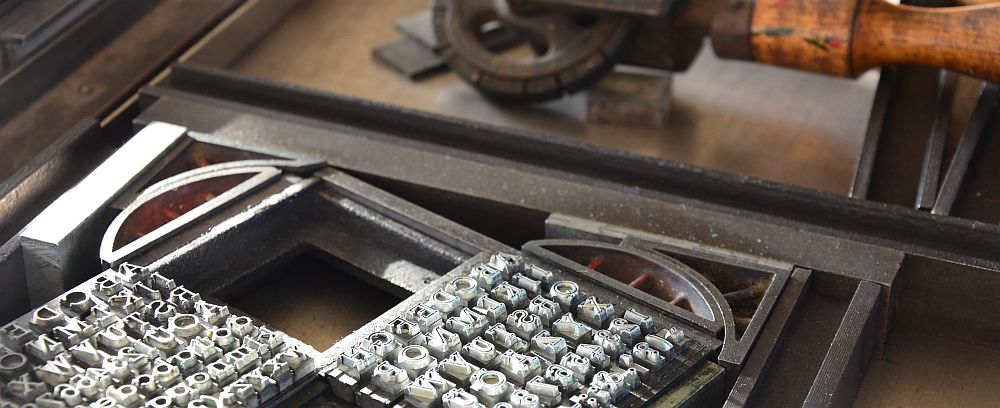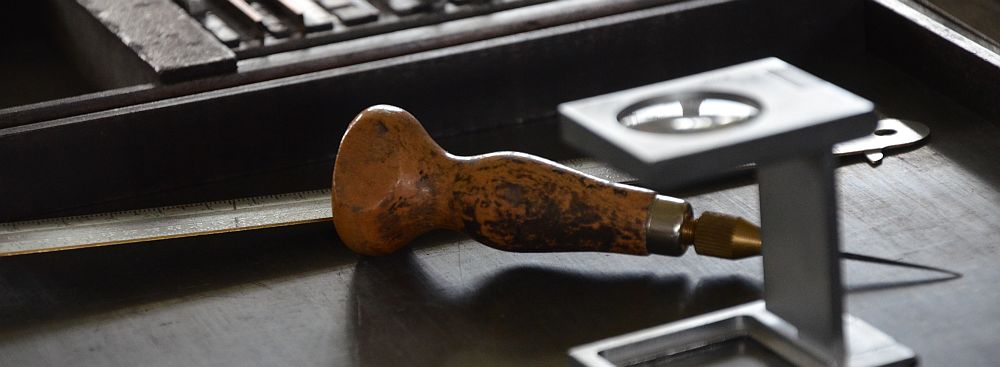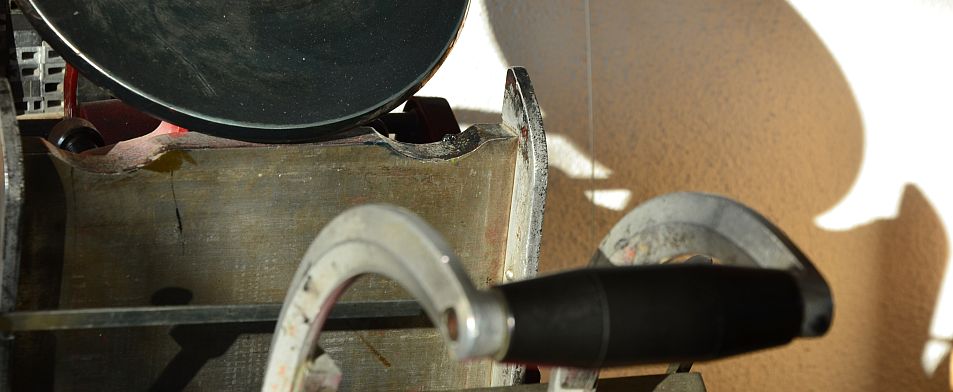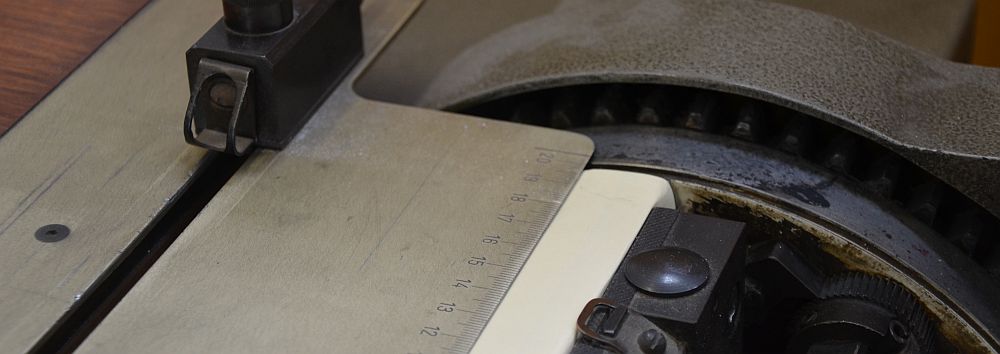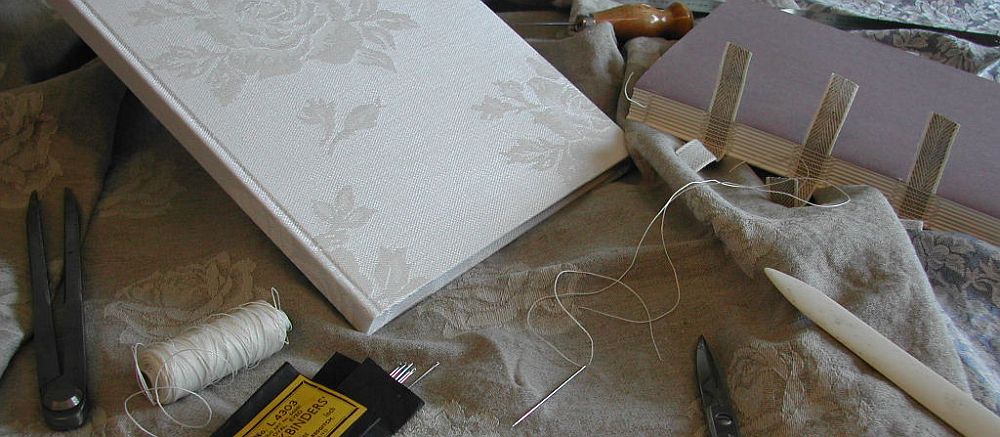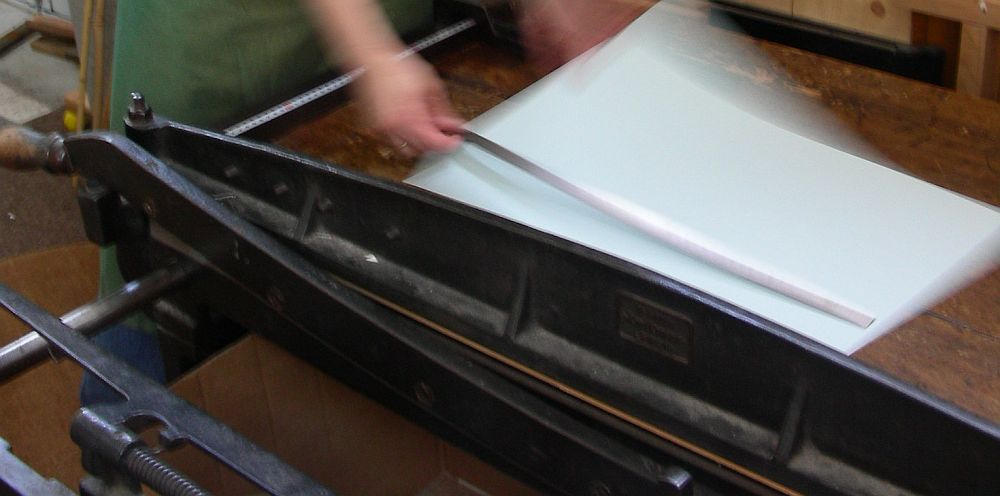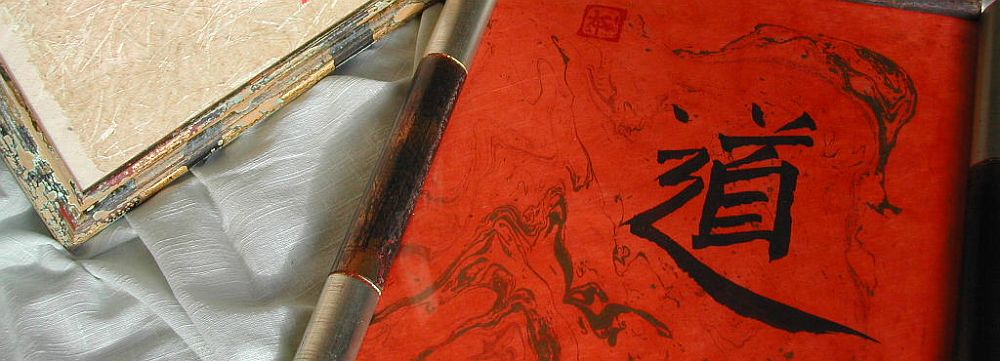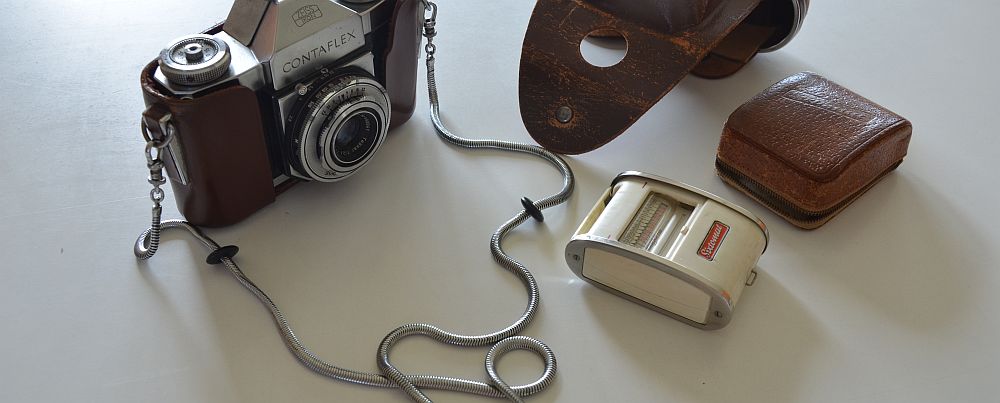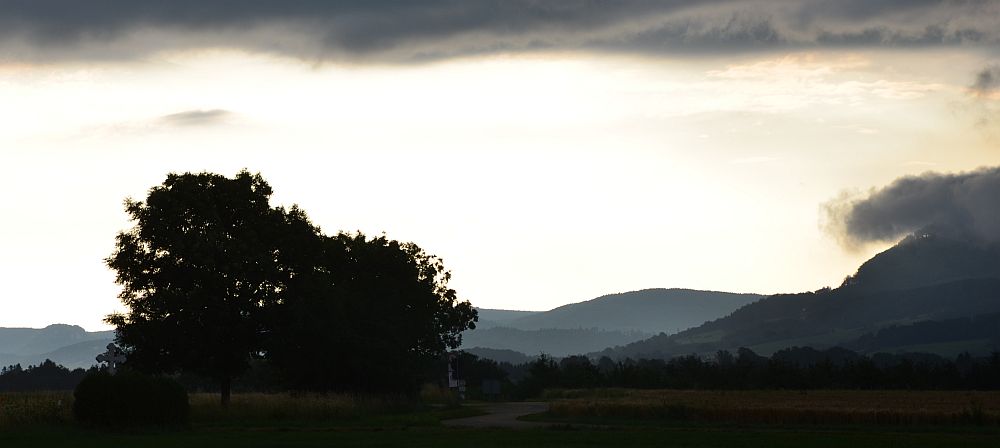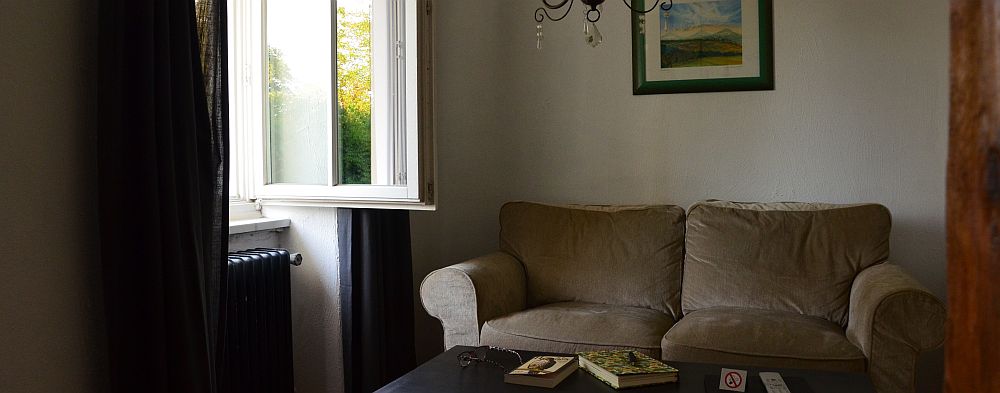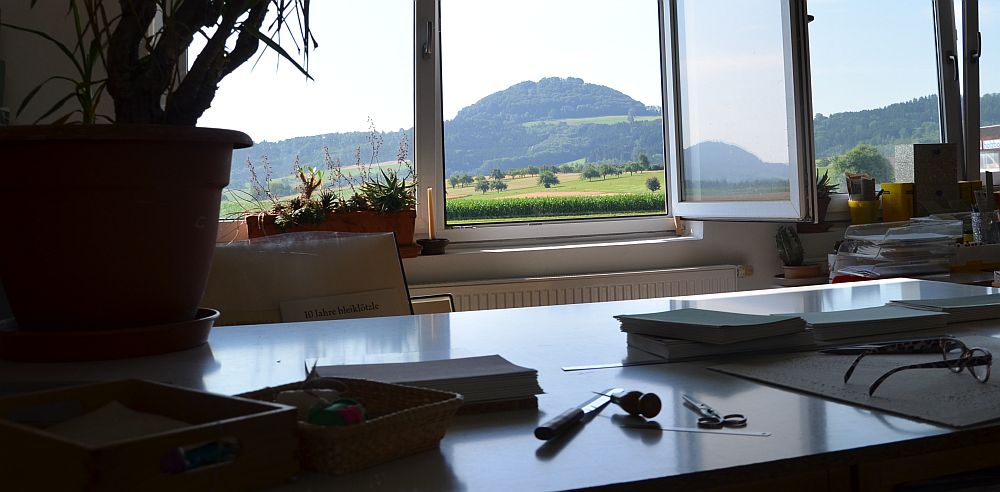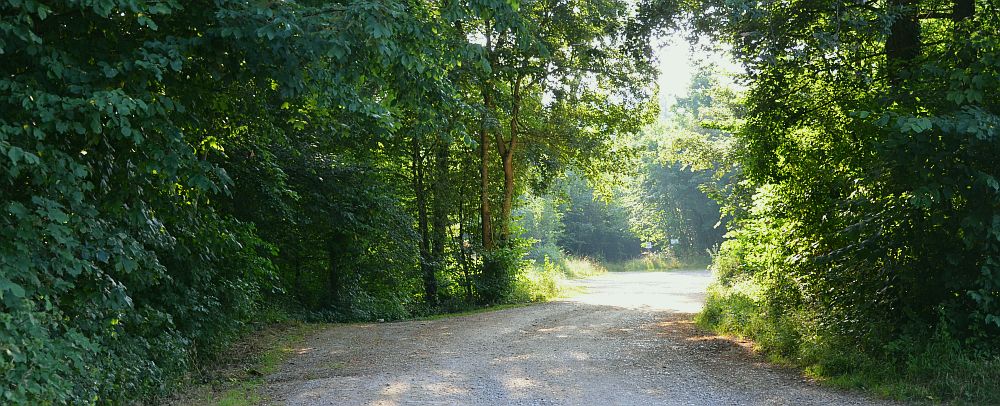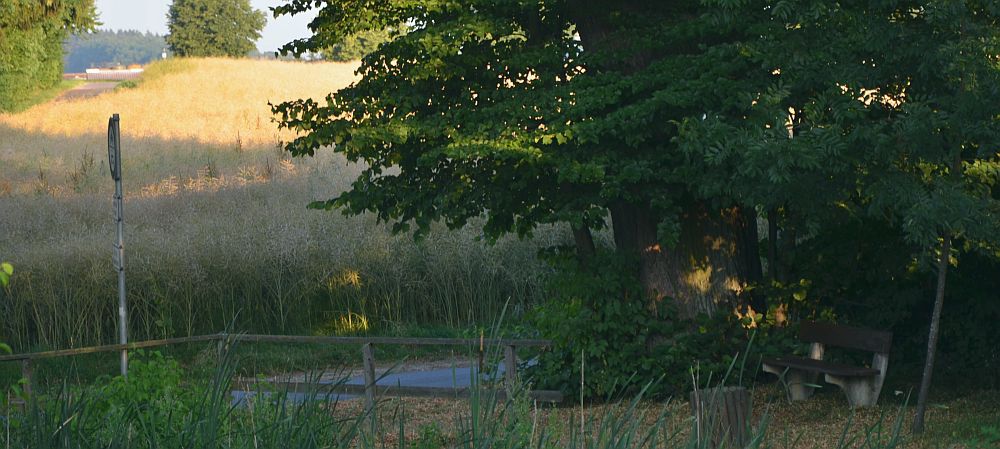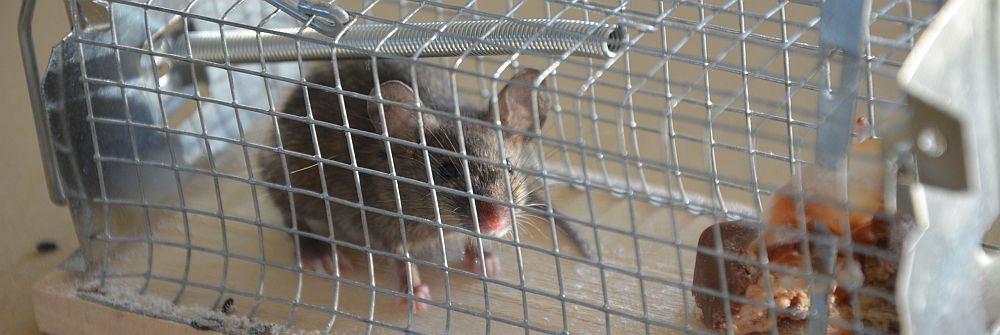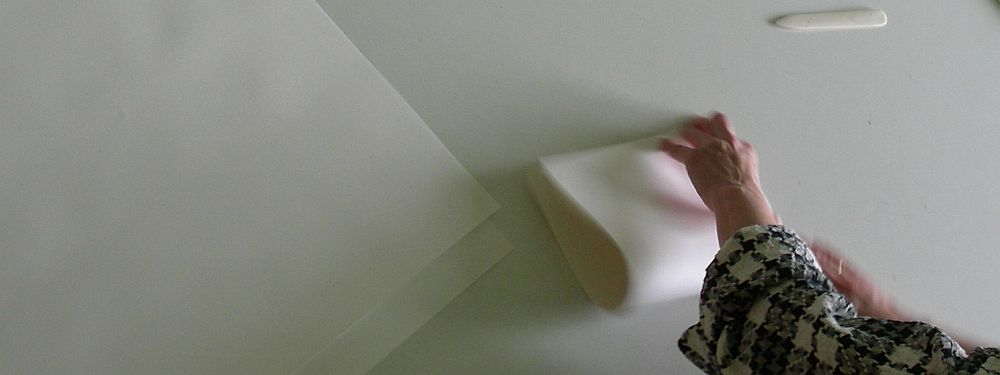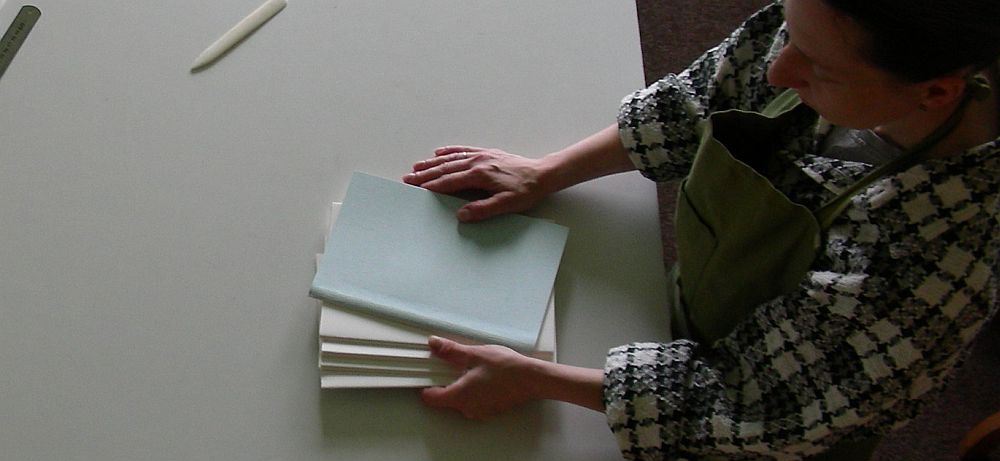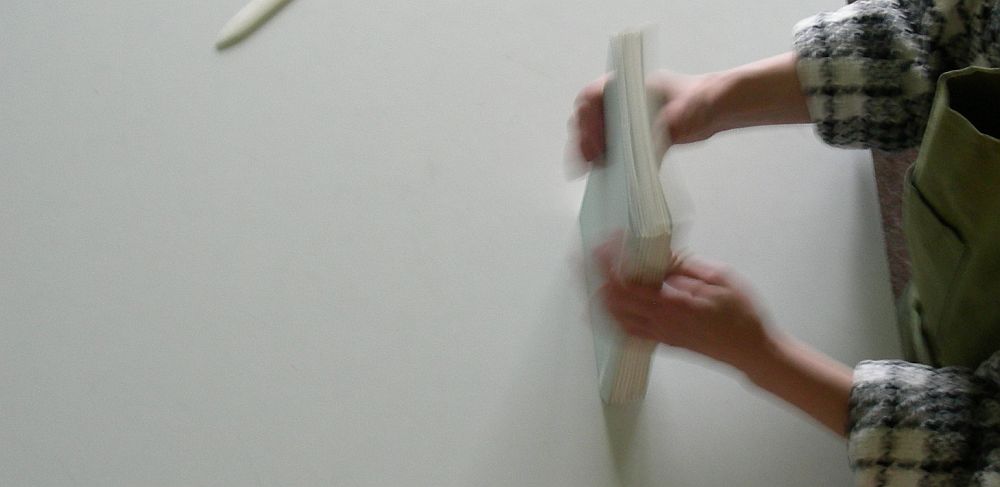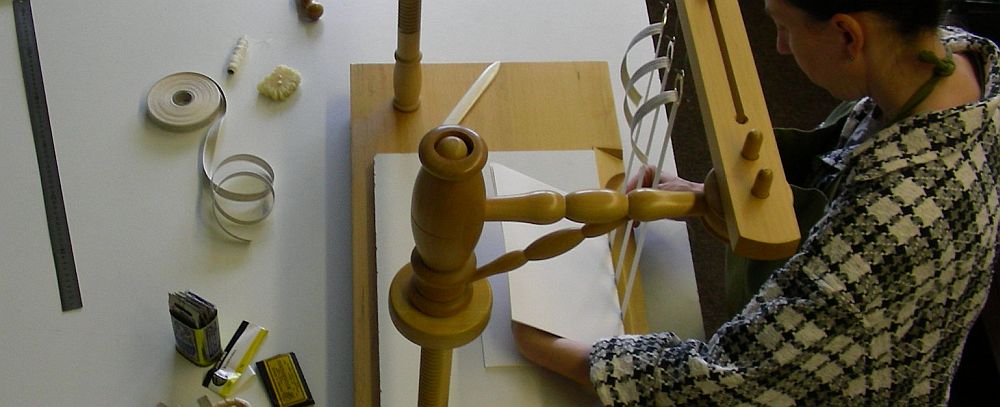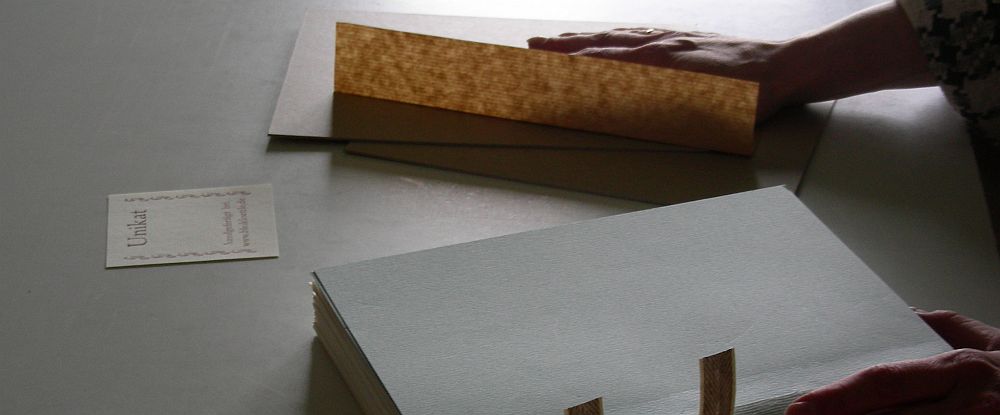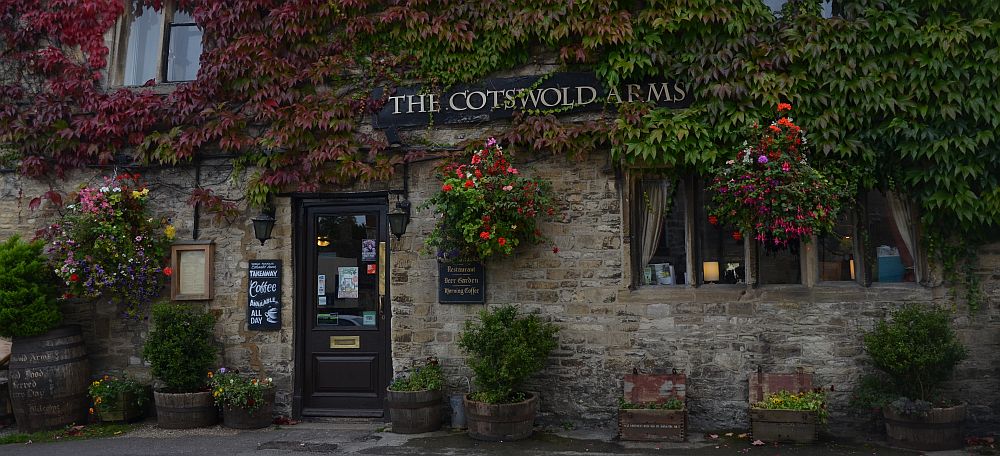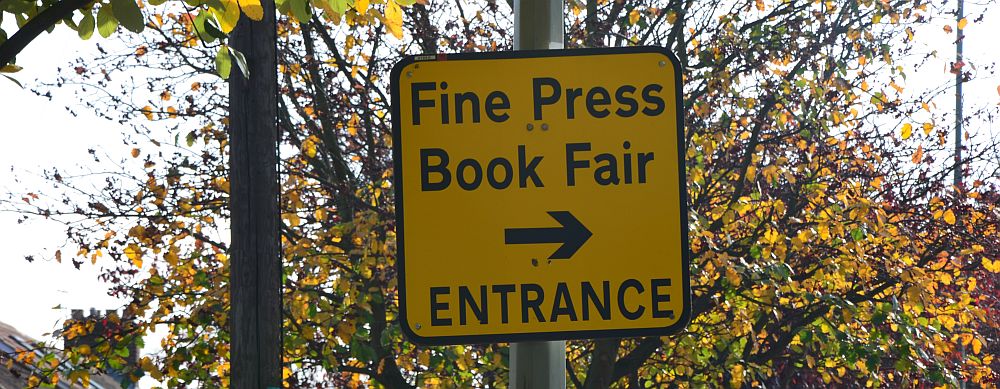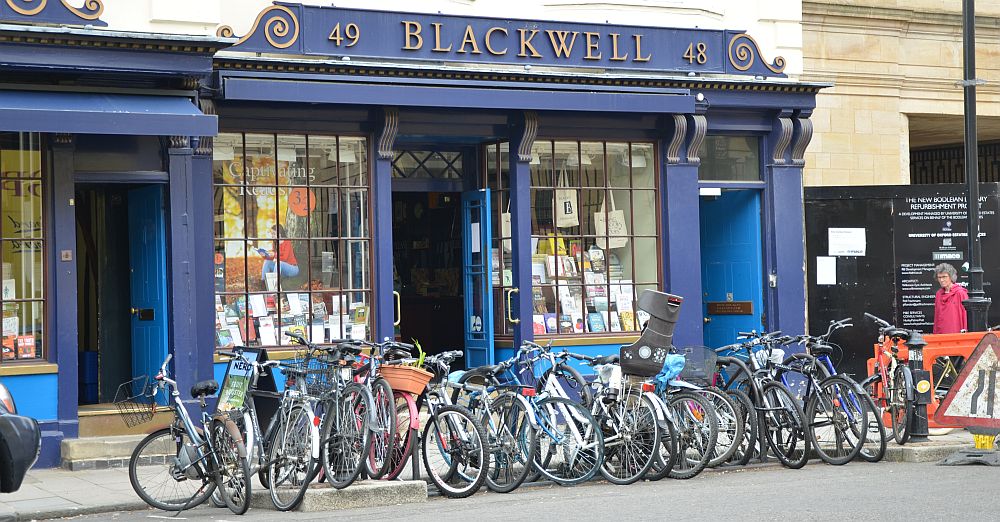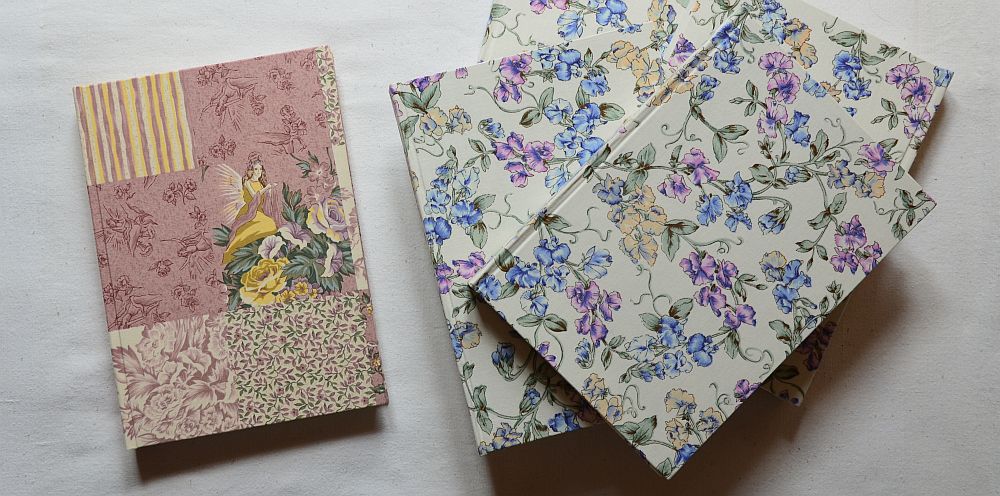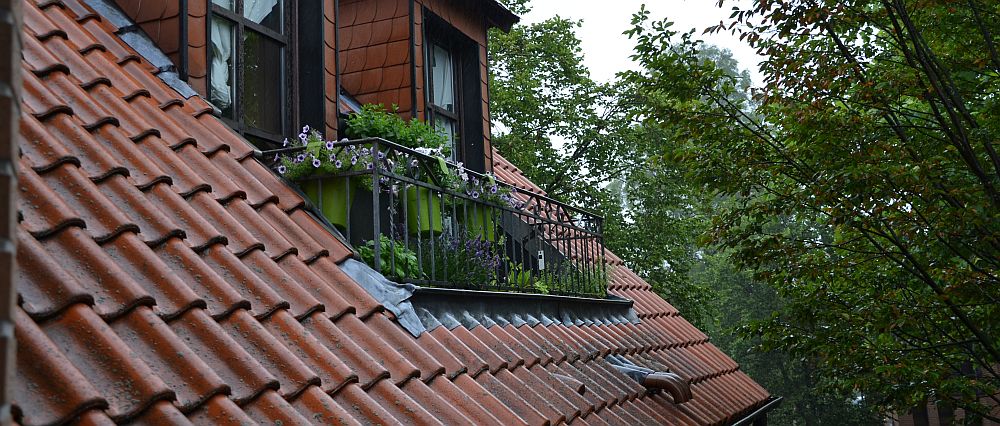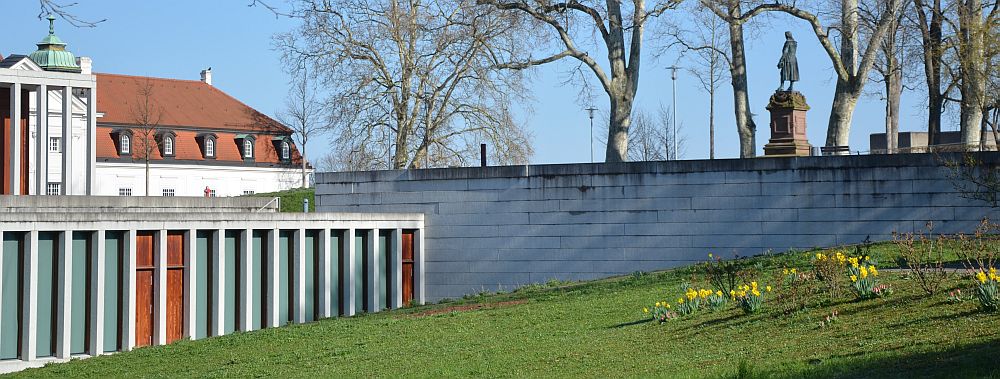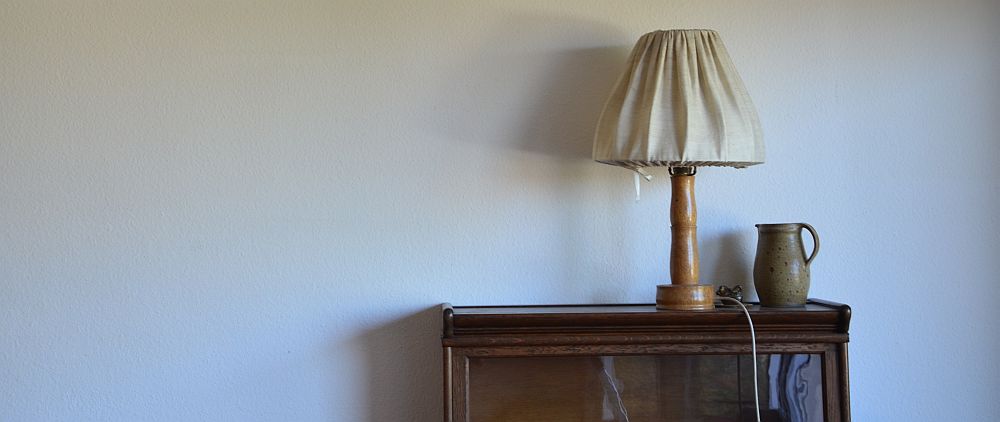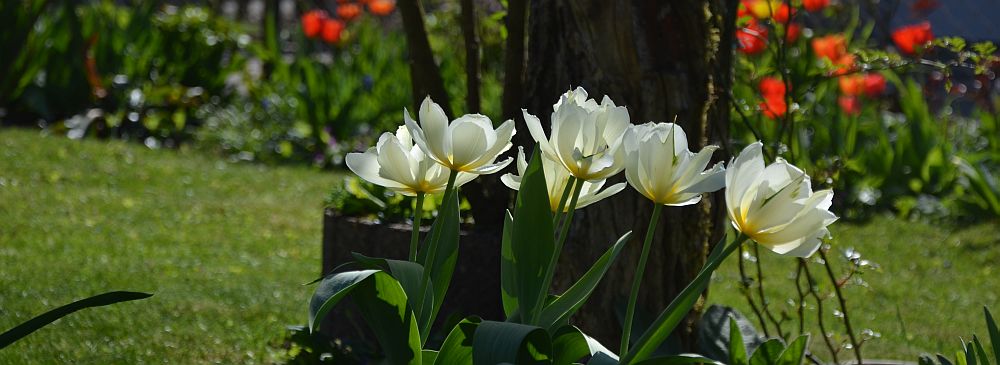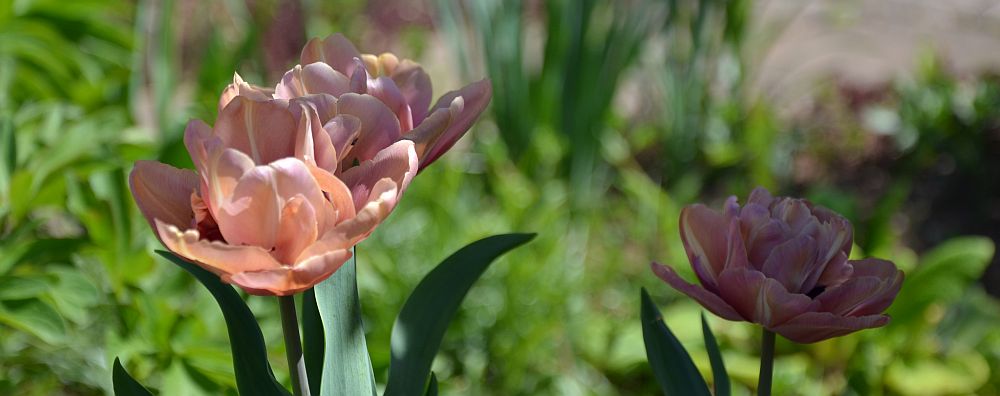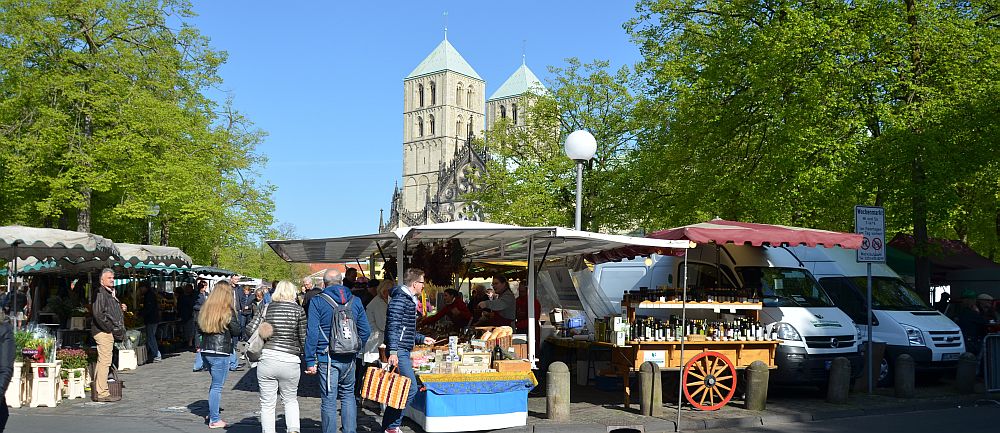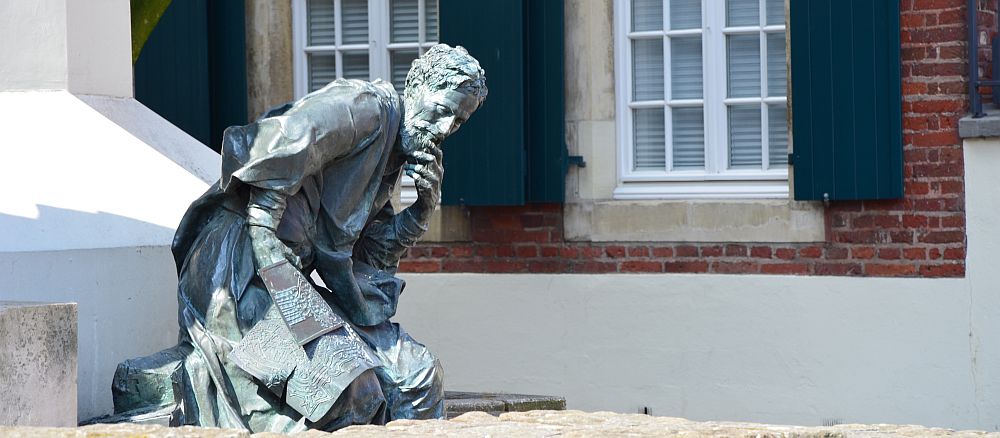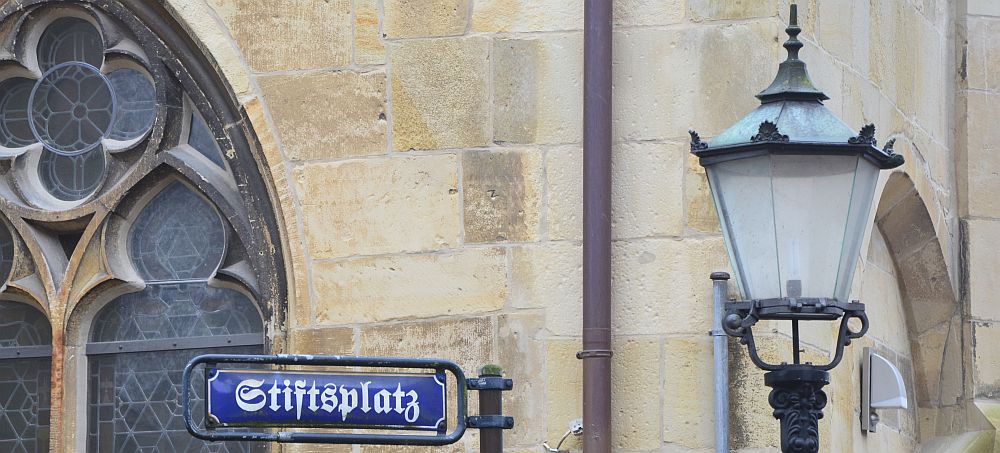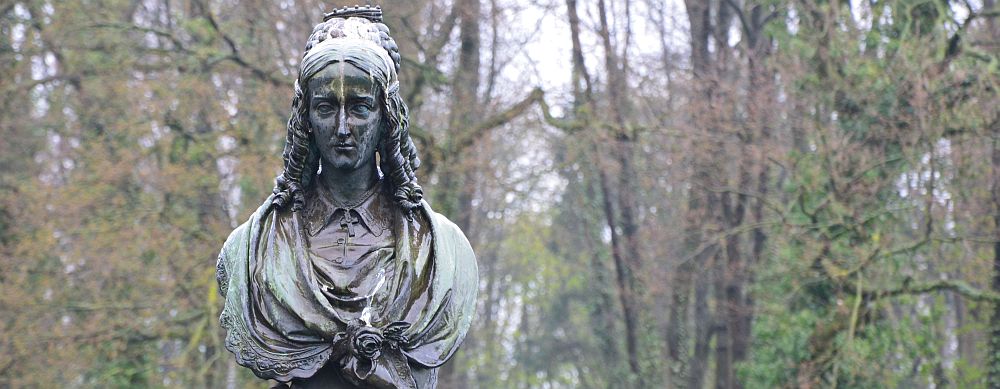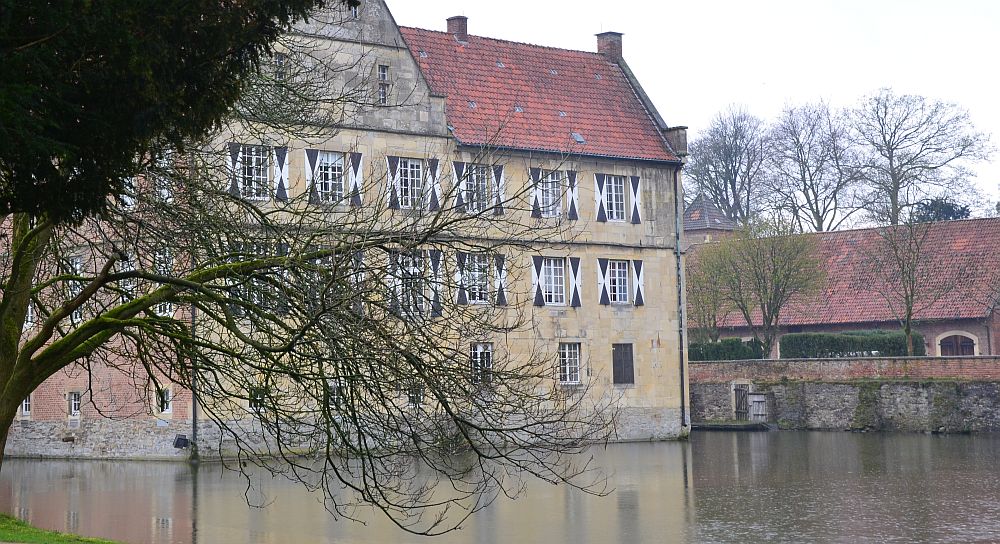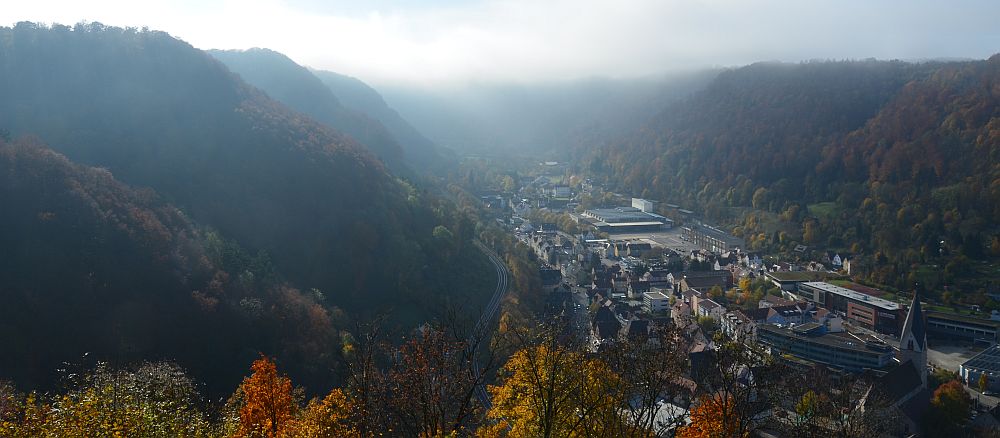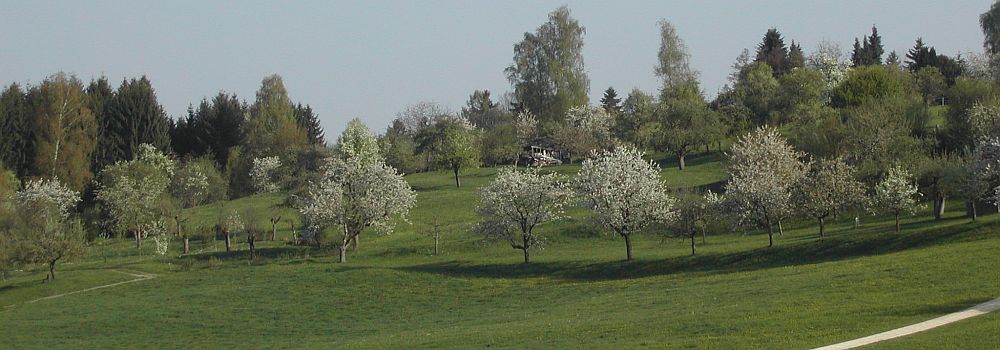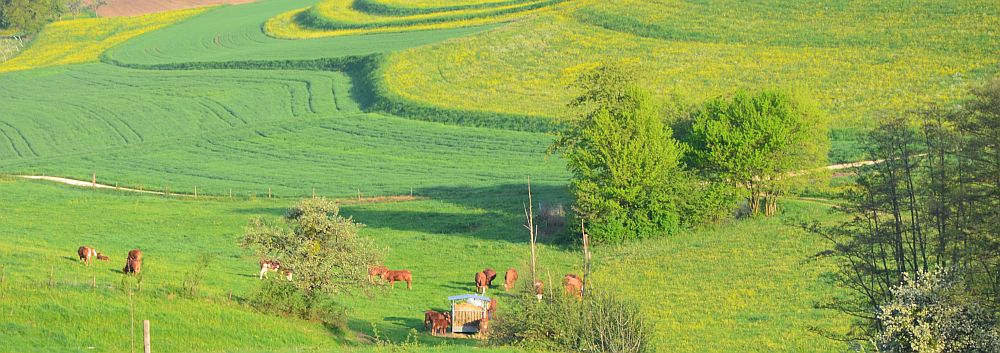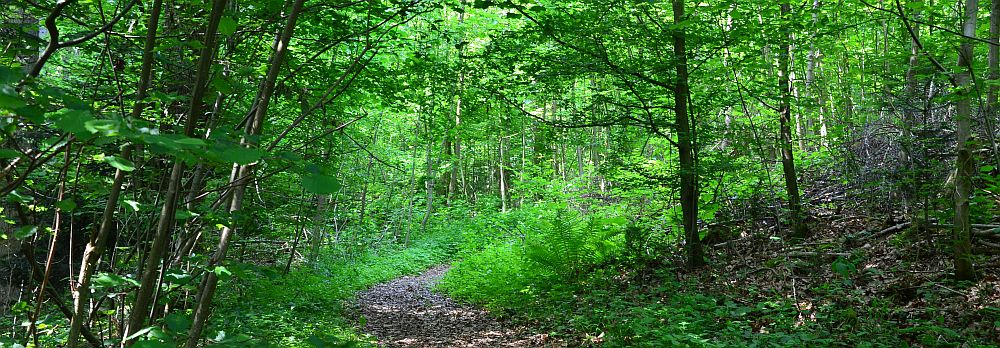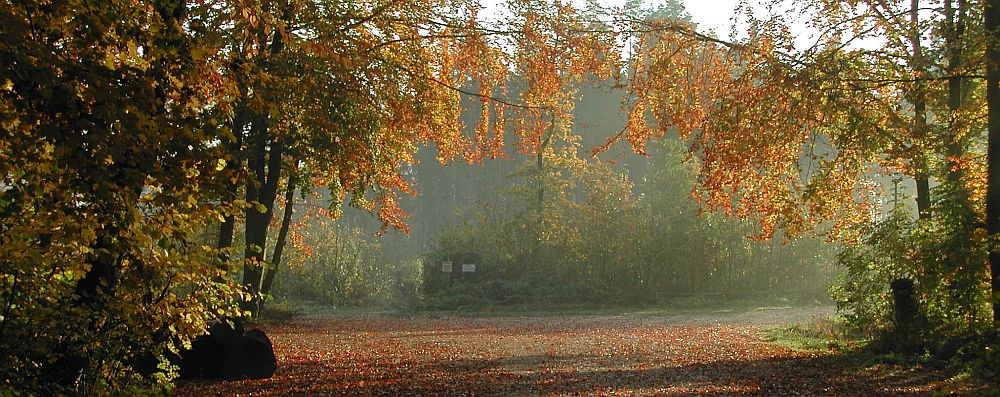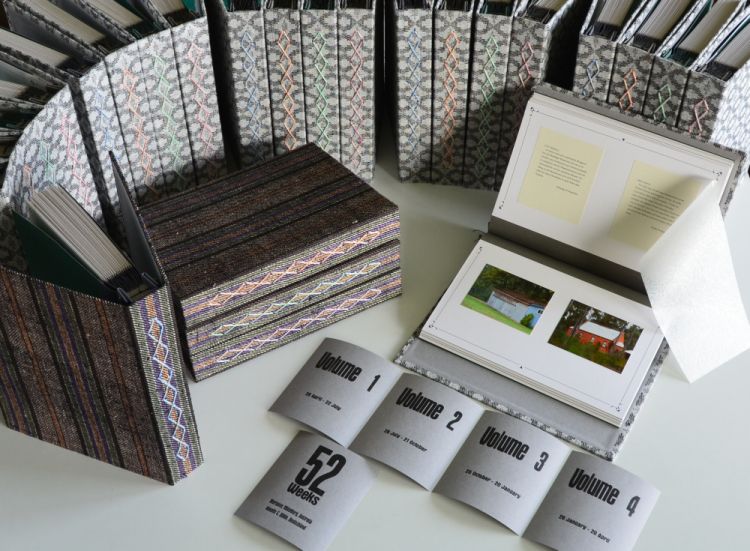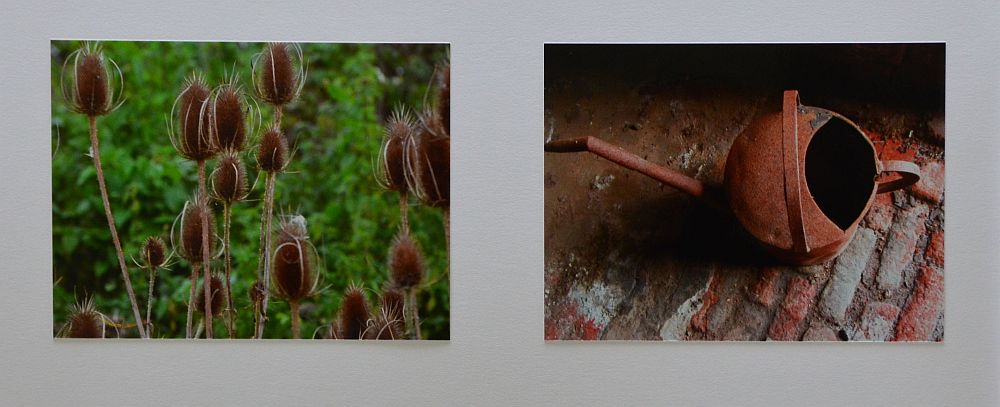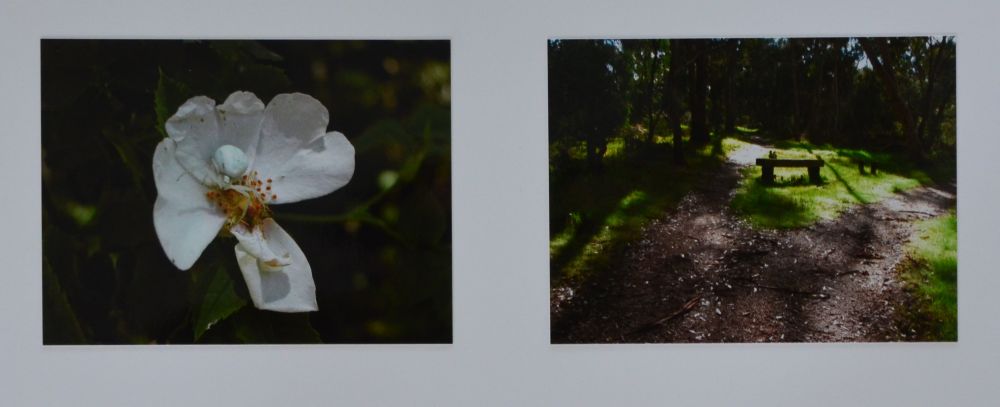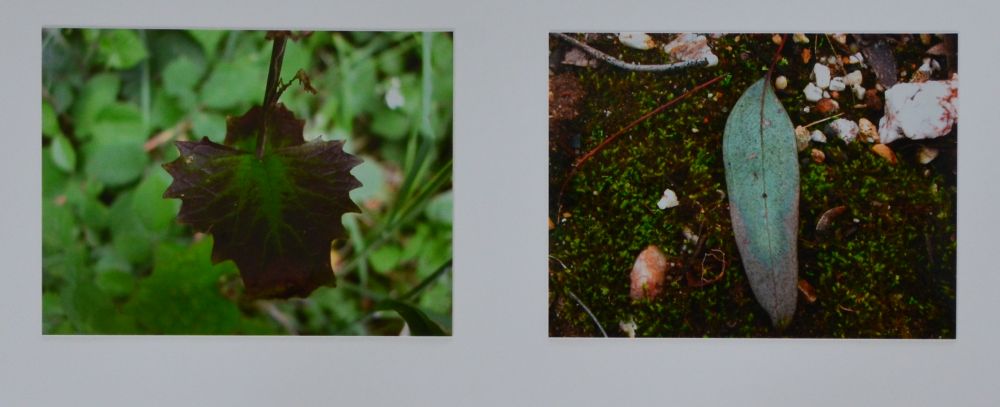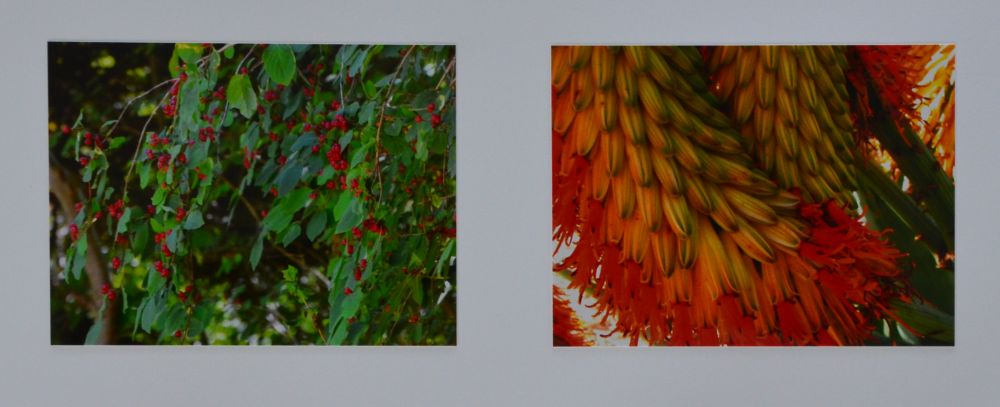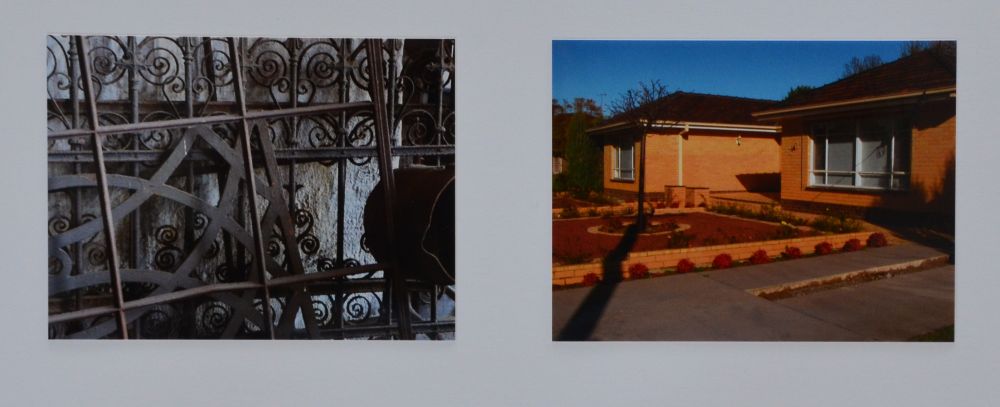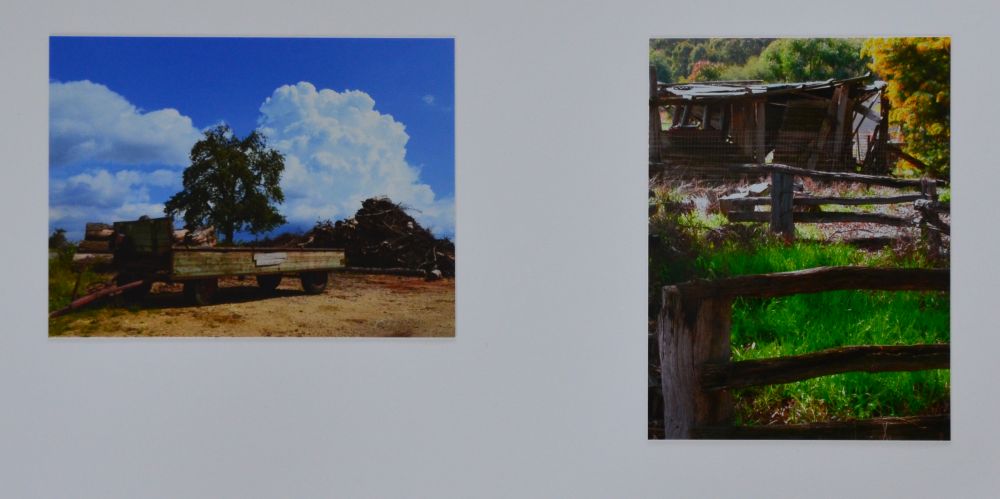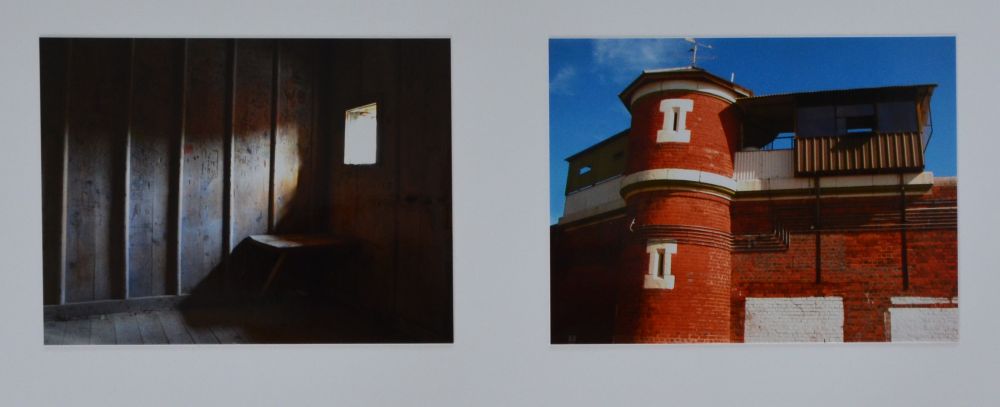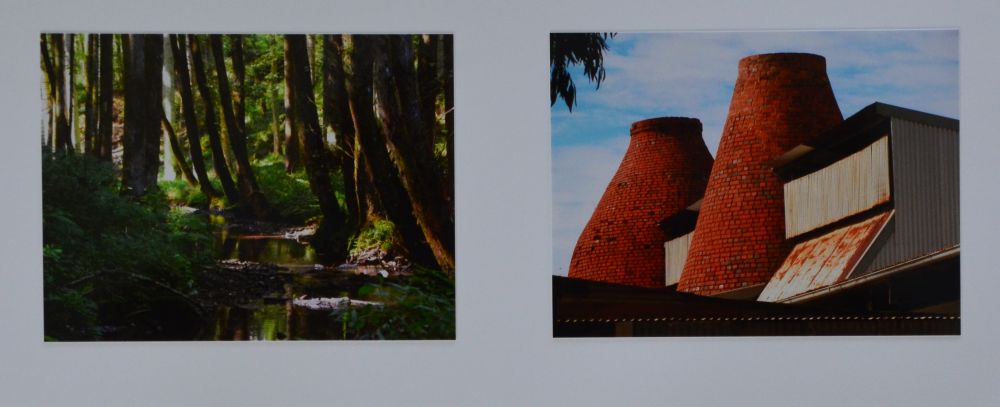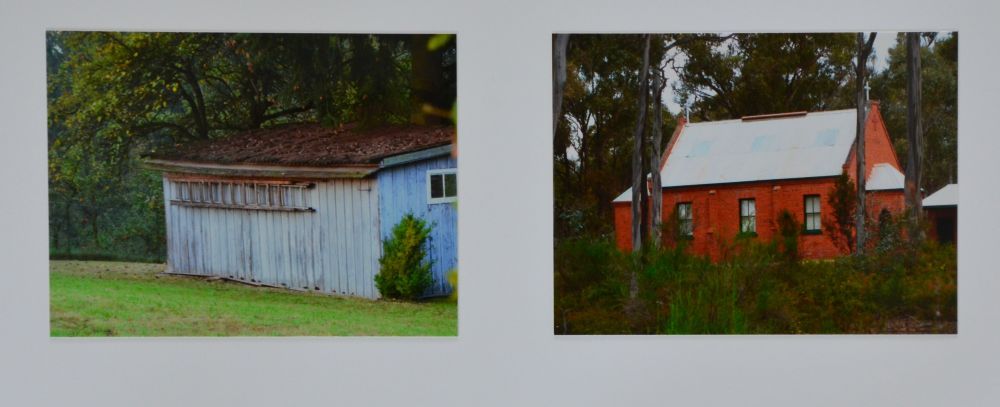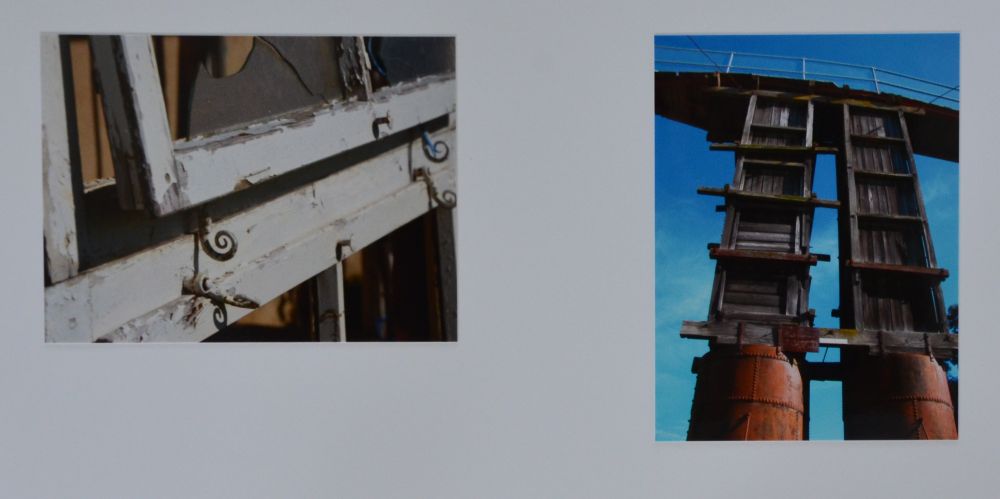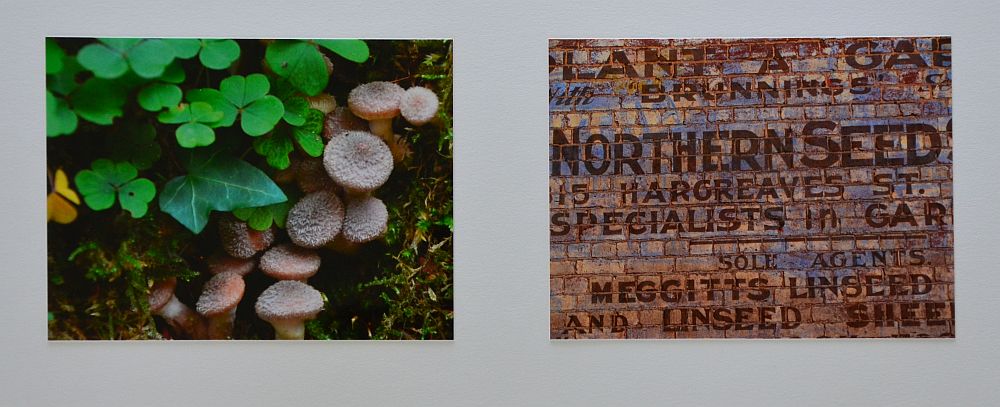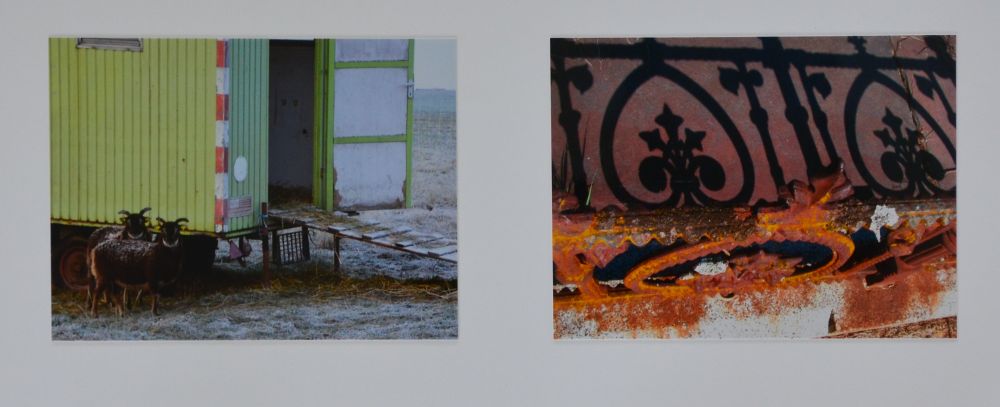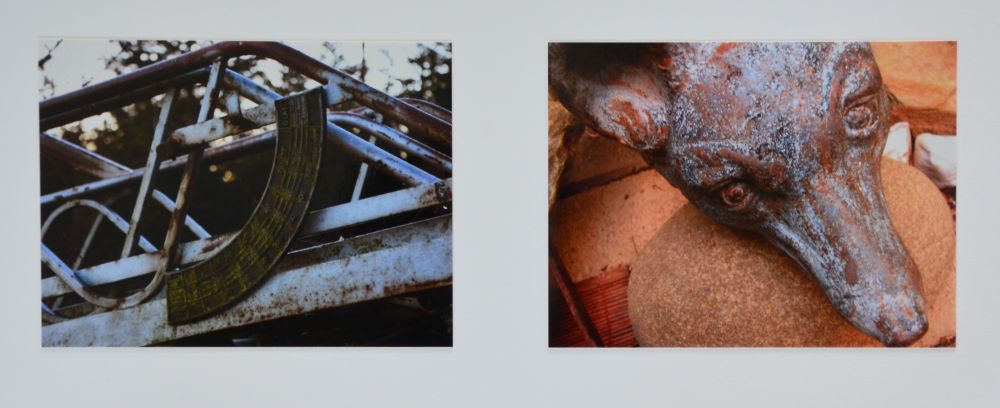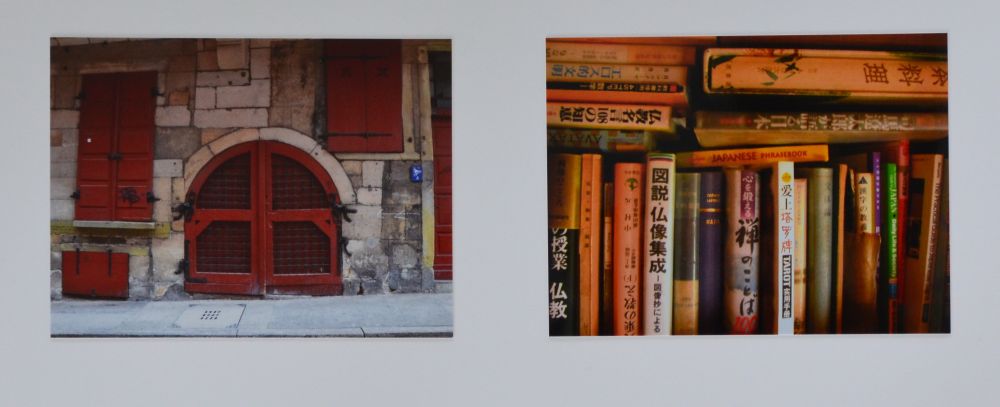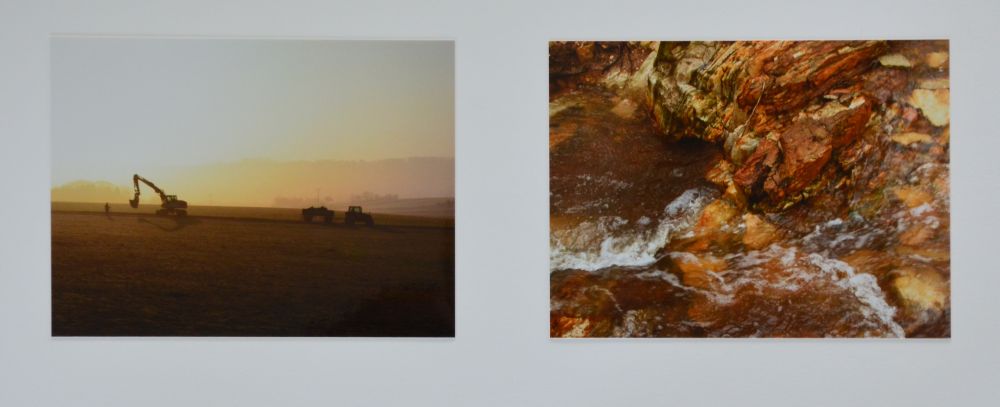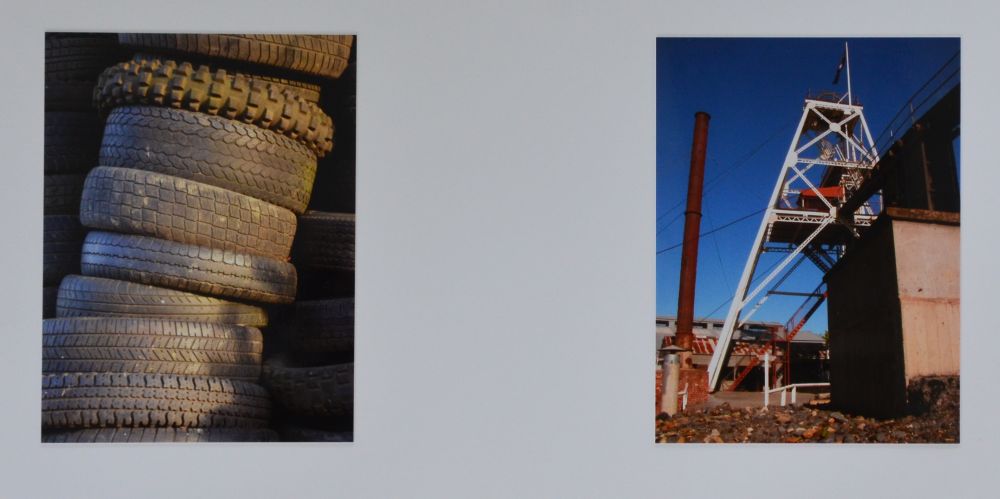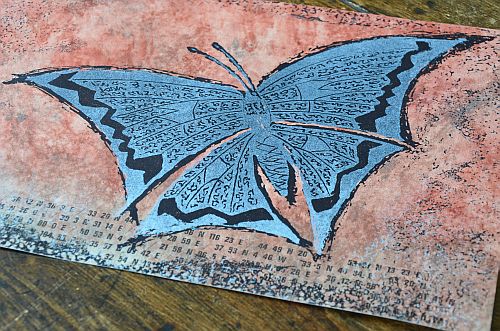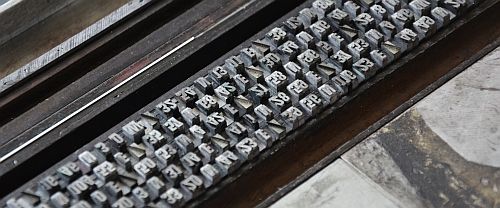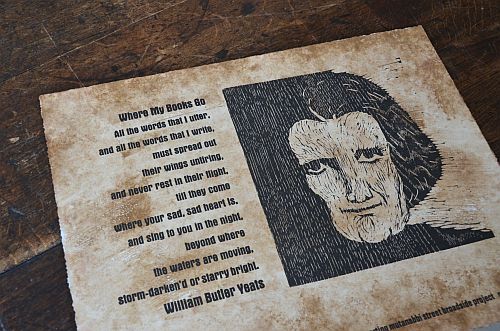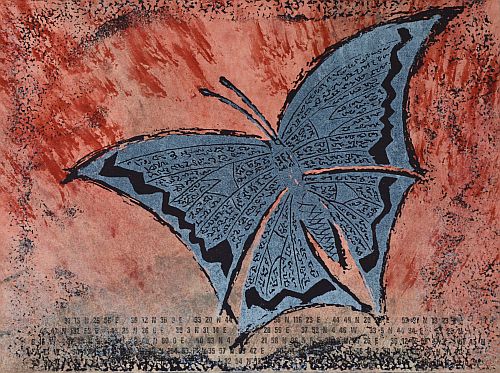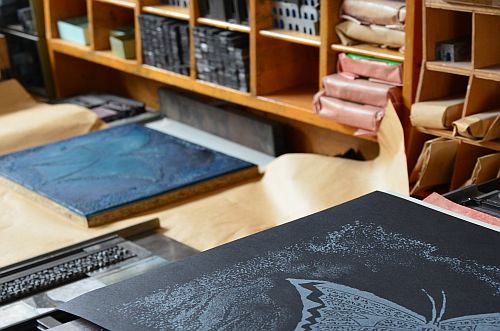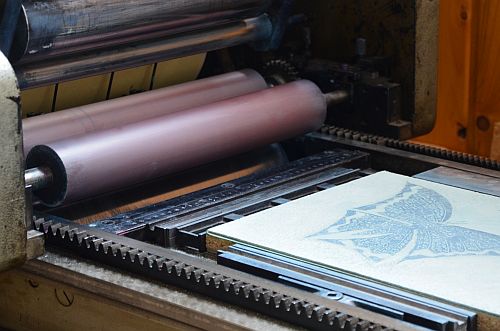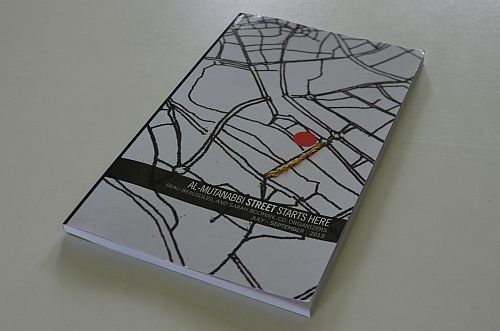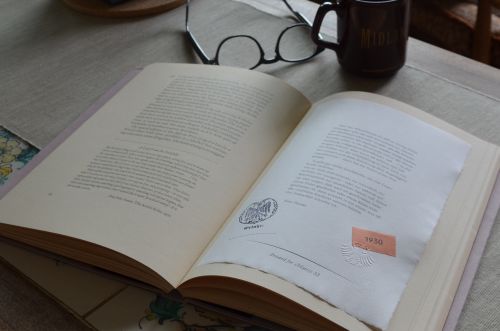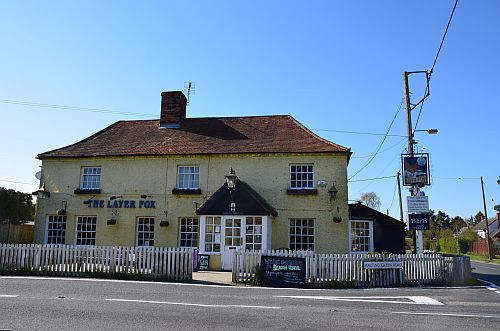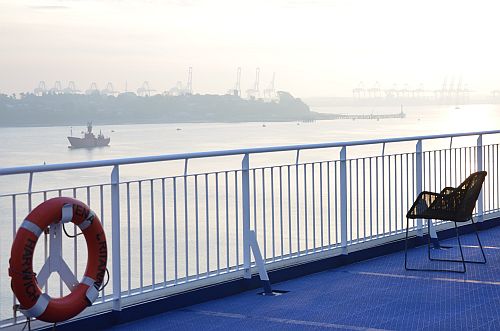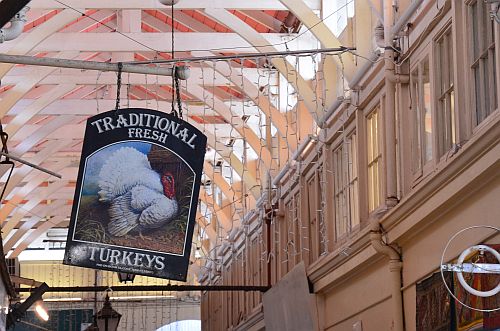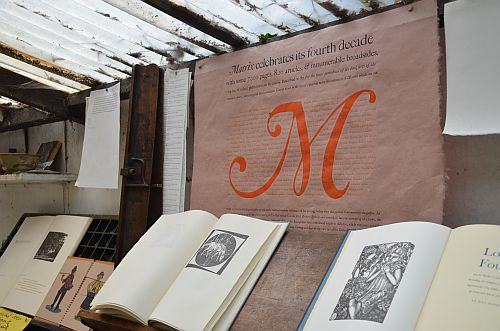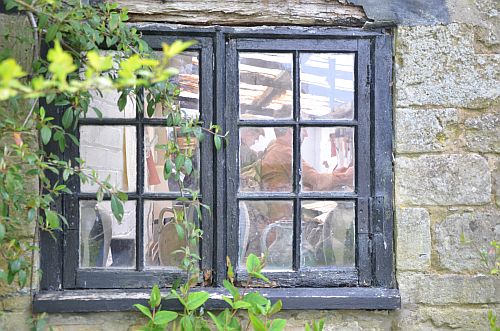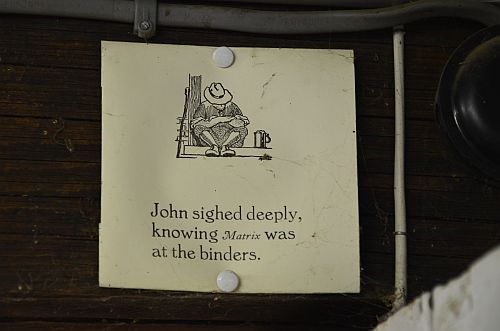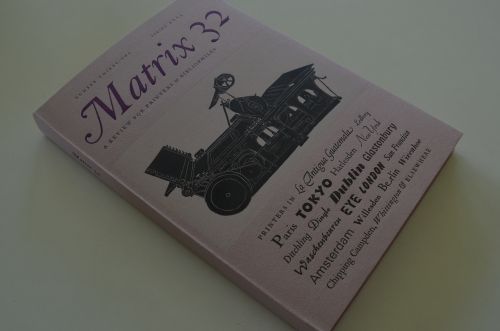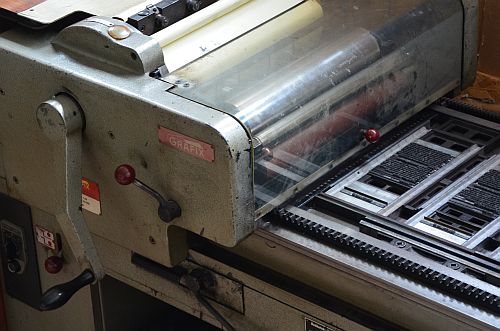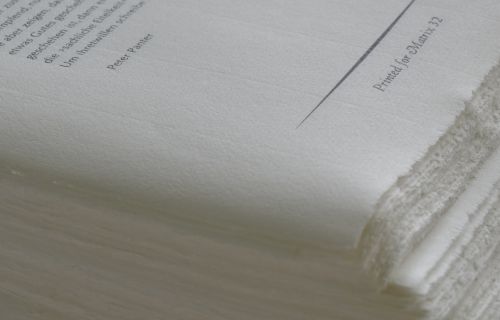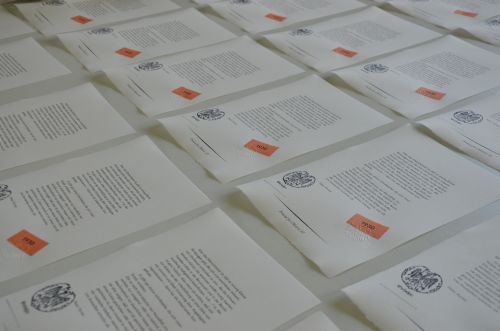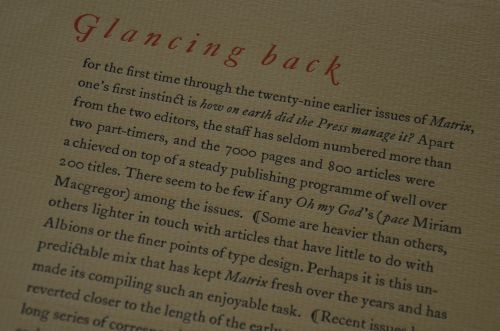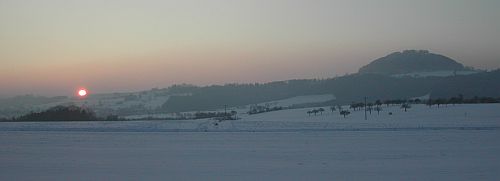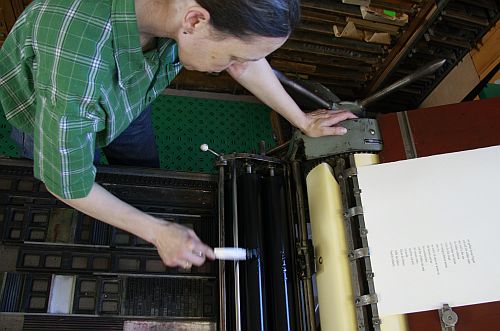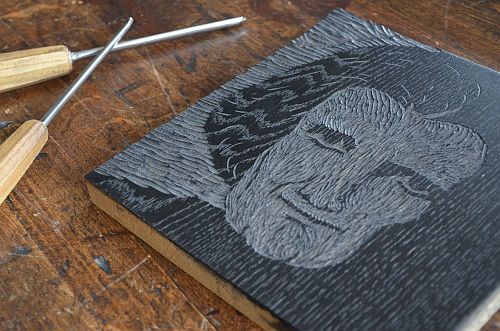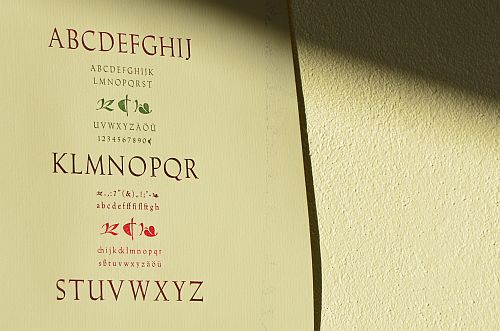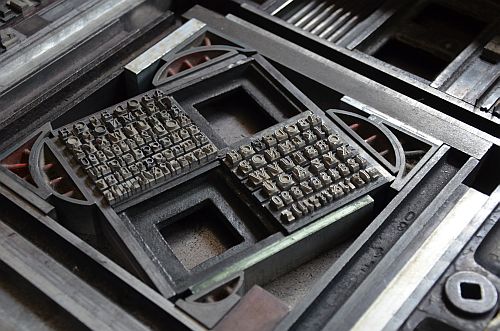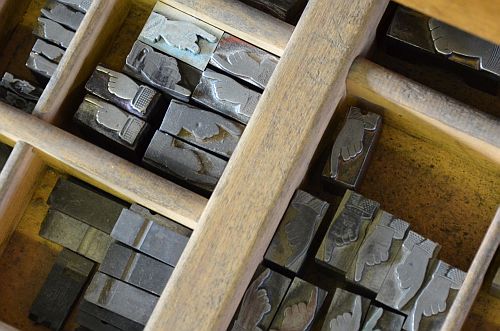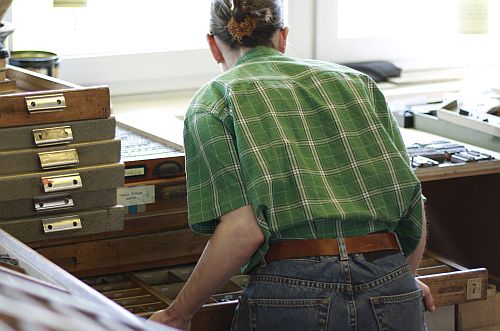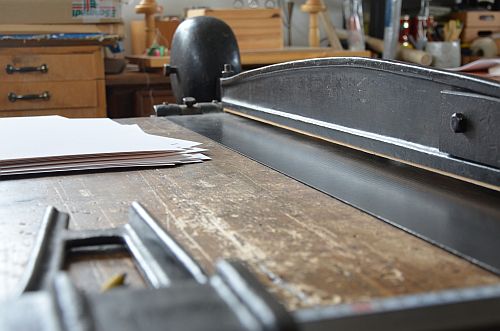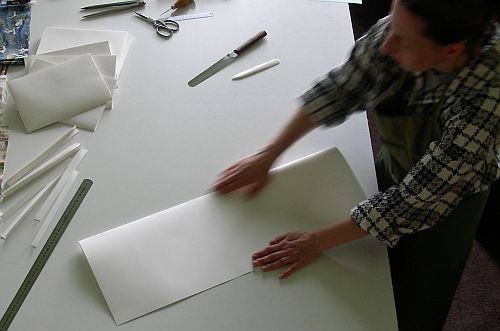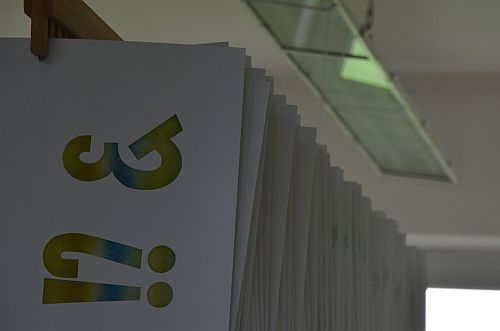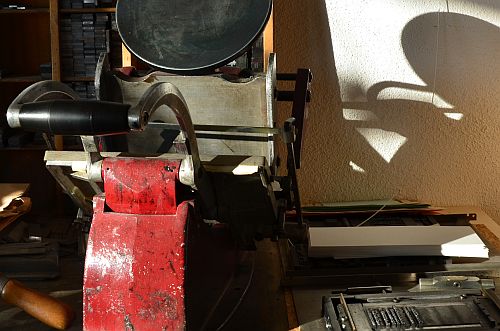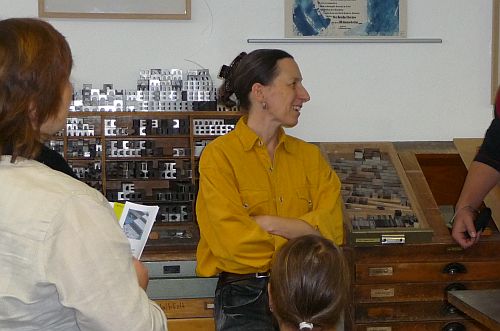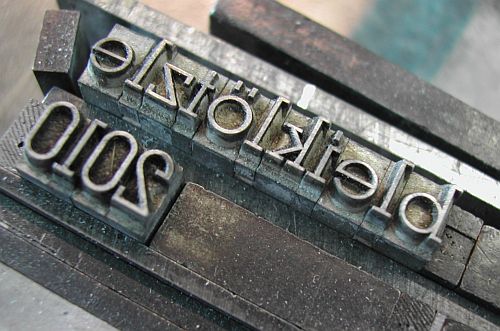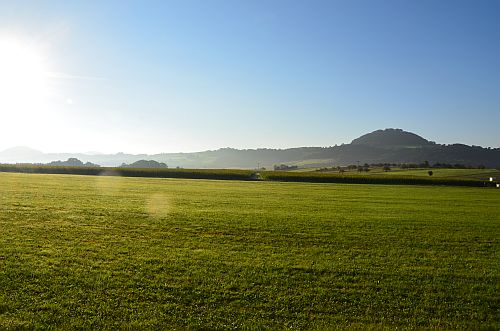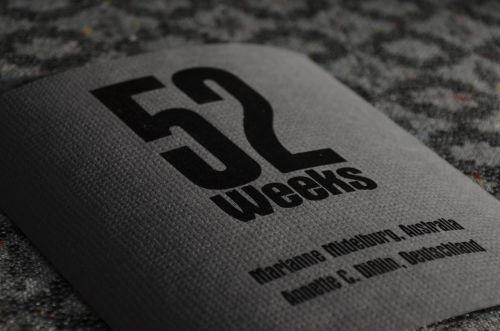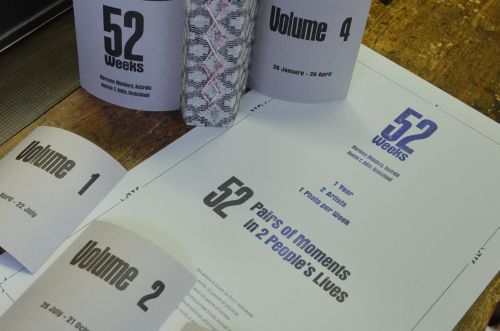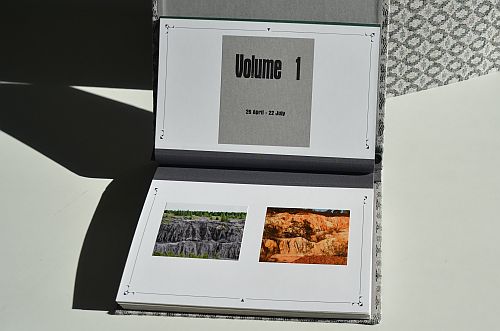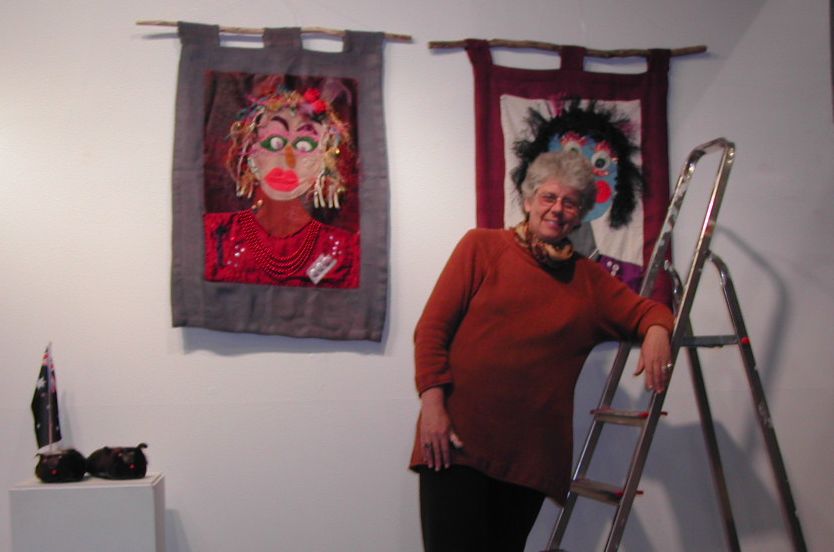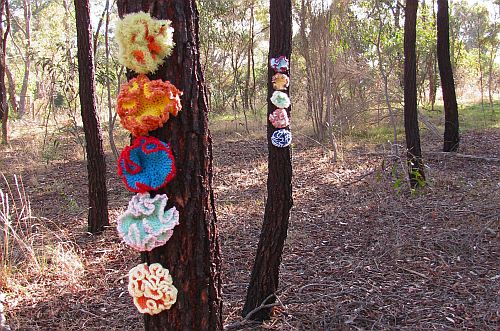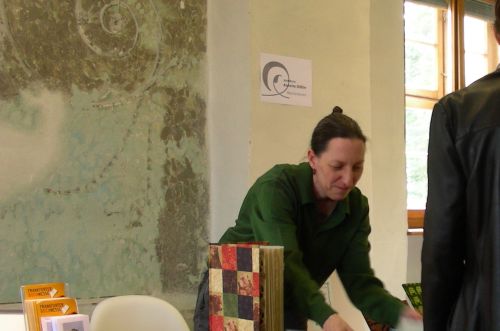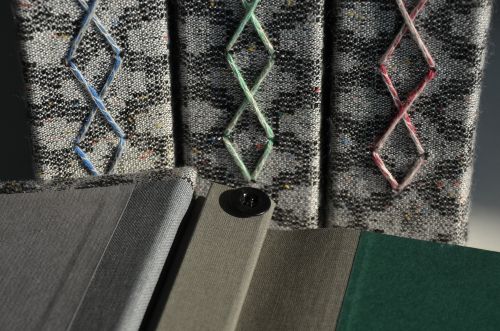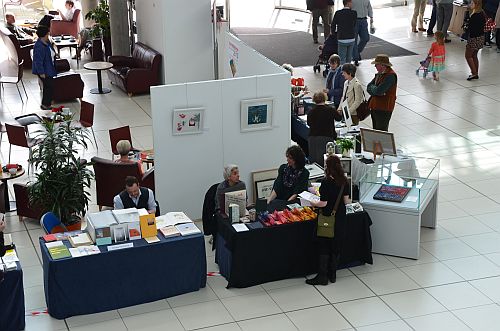For the time being I am stuck in the middle of the process of relocating. As a first step I have moved away from my studio to live in Westfalia, and find myself now separated from my workplace for an indefinite period of time. This seems to be the perfect moment to look back and recall how things have evolved. This particular post is all about the fairs I have been part of so far. It is not about all the fairs I’ve been to, as you can imagine, but about many of them. You might find it somewhat odd that from 2012 onwards I have not attended as much fairs as before. This is nothing to do with the respective fairs. This is for the simple reason of a lack of time due to the relocating process waving its flag from afar at me for quite a while already.
Turn The Page in Norwich (UK)
In 2014 and 2013 I had been admitted to exhibit at Turn The Page artists‘ book fair in Norwich. The fair is held in the glass roofed entrance hall of The Forum each year in early May. The impressive building also houses the public library, the Tourist Information, a café, and on the upper floor an Italian restaurant, plus the rooms of the BBC. It is a vibrant meeting point right in the city’s centre. Just across the street is the Market with its colourful stalls offering almost everything from baked potatoes to second hand clothing. To the left and across the street there is the old Guild Hall. It is a fascinating piece of flush work craftsmanship and houses a Caley’s Cocoa Café. It is the country’s largest civic medieval building outside London. The Forum, on the contrary, has been built on the turn from the 20th to the 21st century, on the site where the old library had burnt down in 1994. The entrance hall is a wonderful venue for this book fair. Each year a jury admitts some 35 artists to showcase their work. Exhibitors might come from as far as the US. There is a blogpost here to be found in the „Fairs and Markets“ category telling what the 2013 fair was like.
Norddeutsche Handpressenmesse in Hamburg
So far I have been part of the artist’s book fair in Hamburg three times, in 2009, 2011 and 2013. The fair used to be biennial but in 2013 changed into an annual event. Exhibitors are admitted by lot – so participating is a question of good luck. But with the fair now being every year many more book artists will be able to consider themselves lucky over the years. The „Norddeutsche Handpressenmesse“ is housed in what is called the „Museum der Arbeit“. The impressive old red brick building was turned into a museum several years ago. It houses a rich collection of printing presses, metal type and equipment for type casting. All of which is shown working by passionate and thouroughly trained volunteers to the visitors during fair times. For this fair, too, you’ll find a separate blogpost from 2013 in the „Fairs and Markets“ category.
Leipzig Book Fair
Leipzig has a long bookish tradition. For centuries it was home to book fairs. And nowadays with each book fair there is a more than rich programme of readings and performances in all sorts of venues throughout the city and its outskirts. In 2008 I went there as a first time exhibitor. I presented my then new book: „Das Nusszweiglein“, a fairy tale by Ludwig Bechstein. Another new artwork I put on show there was the scriptural series „Soil Letters“. This series was inspired by Chinese calligraphy. I had taken up lessons with a Chinese teacher some time before and working with the brush in this specific way just mesmerised me. I had printed a broad side using Matthias Claudius‘ poem „Song of War“. After completing the print I went over it with the brush and dye prepared from soil pigments, to give it the shades of earth and blood that go with the text. Alongside grew the idea of having the series of „Soil Letters“.
I went to Leipzig Bookfair for a second time in 2014, presenting my new book „52 Weeks“. It is a collaboration with Australian artist Marianne Midelburg and my first artist’s book using photos. For both, the book „52 Weeks“ and Leipzig Book Fair you can find specific posts on this blog in the „Photobooks“ and the „Fairs and Markets“ category respectively, and you’ll also find a 2014 post on „Marktplatz Druckgrafik“ the young venue for printmaking artists within Leipzig Book Fair.
Mainzer Minipressenmesse (International Fair for Small Presses and Publishers, Mainz)
The first artist’s book I ever made was „Little Niak“ (Der Kleine Niak). It was out in 2001, just in time to be presented at Mainzer Minipressenmesse. This international fair for small presses in Gutenberg’s hometown Mainz is a very special event. It has a long tradition. It is held every other year (the odd numbers) and until 2011 the venue was housed in two large tents right next to the banks of river Rhine. In 2013 the organizers gave the schedule a slight brush-over. The event is now a few weeks later, in June, plus it moved from the tents into Rheingold Hall, which is only a few yards further into town. The tents are being sadly missed by some exhibitors for their make-shift character, which certainly was special. However, there have been years when there was a serious risk of flooding from the nearby river. And there have been severe thunderstorms which have not been very pleasant to sit out in just a tent, even a big one. So with the fair being indoors now both, exhibitors and visitors can get their heads down on the books and prints and publications without keeping one eye glued to the floor in case water comes rushing in.
I have been showcasing my work here on quite a regular basis until 2011.
Druck & Buch, Erlangen (Print & Book, Erlangen)
Every year in late August Erlangen invites people who love reading to come to their traditional „Poets‘ Festival“ (Poetenfest). The event comes with a rich programme of readings and performances. It is considered to give the opportunity for something like a „sneak pre-listen“ to some of the new and upcoming titles in autumn. One of the venues for the readings is the huge castle right in the city centre. The photo above shows the castle’s front facing the park which, too, is a venue for readings, with people sitting under the large trrees outdoors. During the final weekend of the Poets‘ Festival the entrance hall of the castle houses a fair for artist’s books called „Print & Book“ (Druck & Buch). As it is not a big space only some 24 exhibitors will be able to show their works. I have been part of this event from 2009 to 2012.
Künstlerbuchmesse Klaffenbach (Artists‘ Book Fair in Klaffenbach)
Just outside the city of Chemnitz there is a beautiful moarted castle. Castle Klaffenbach houses an artists‘ book fair. The old castle is a very nice venue with a lot of carefully restored, charming rooms where books and prints can be shown to the visitors in a very special atmosphere. With each fair there is an award given to one artist chosen by a jury, the Von-Taube award. I have been at Klaffenbach in 2010 and 2012.
Frankfurt Book Fair
Frankfurt Book Fair used to have the „Place of Book Art“ (Platz der Buchkunst) for a period of 10 years, but sadly gave up on doing so just the very year I went there as an exhibitor. This was back in 2010. I was presenting my brand new artist’s book on Kurt Tucholsky there. Tucholsky had taken his own life exactly 75 years earlier, in 1935. You can find more on this artist’s book in a 2013 blogpost in the „Miscellaneous“ category, when there was an article on this book in „Matrix 32“.
Frauenfelder Buch- und Handpressenmesse, CH (Frauenfeld Book and Fine Press Fair, CH)
In autumn 2008 I went to the book fair in Frauenfeld, Switzerland. This, too, is a biennial fair (in the even numbered years) organized by Atelier Bodoni. The town of Frauenfeld is not far from the German-Swiss border. The fair is called Frauenfeld Book and Fine Press Fair (Frauenfelder Buch- und Handpressenmesse). It is in quite a special venue: an old ironworks with a very specific flair. This was my first ever fair abroad.
In late October I shall be exhibiting at the Fine Press Book Fair in Oxford. In 2011 I had been a visitor there. Save the date – it is very much worth while going there. And if you can spare a few days more, stay on and pay a visit to the city’s many treasures, such as the Bodleian Library.

